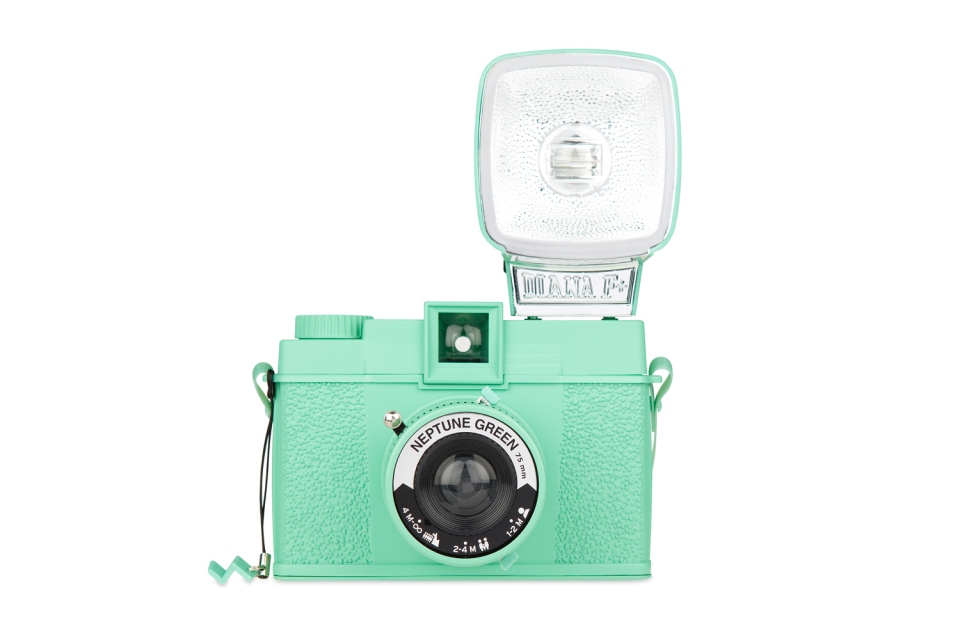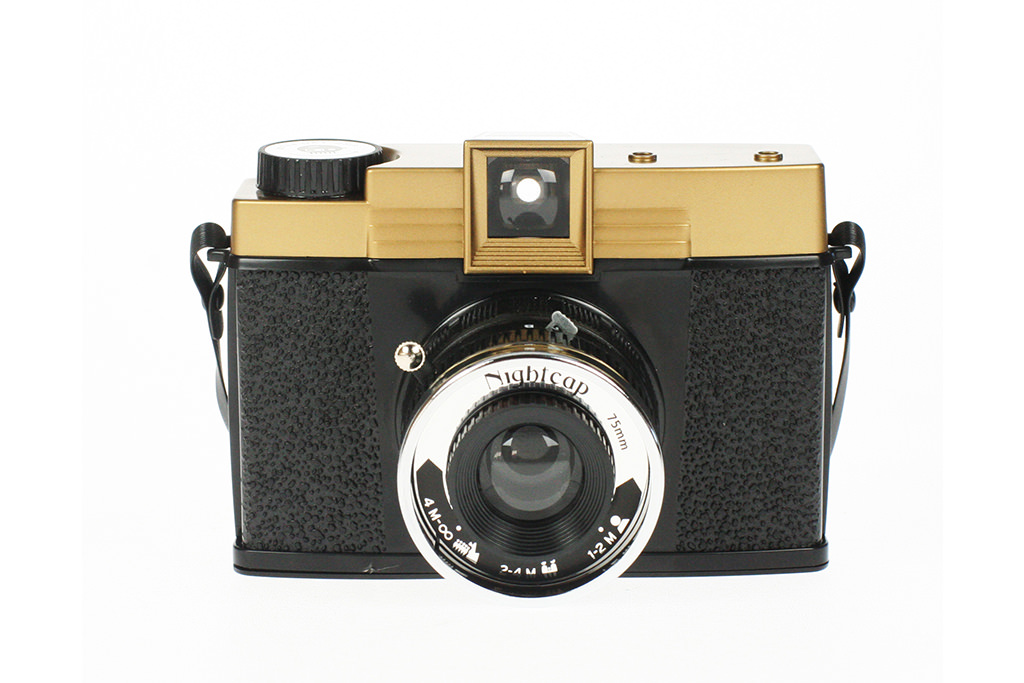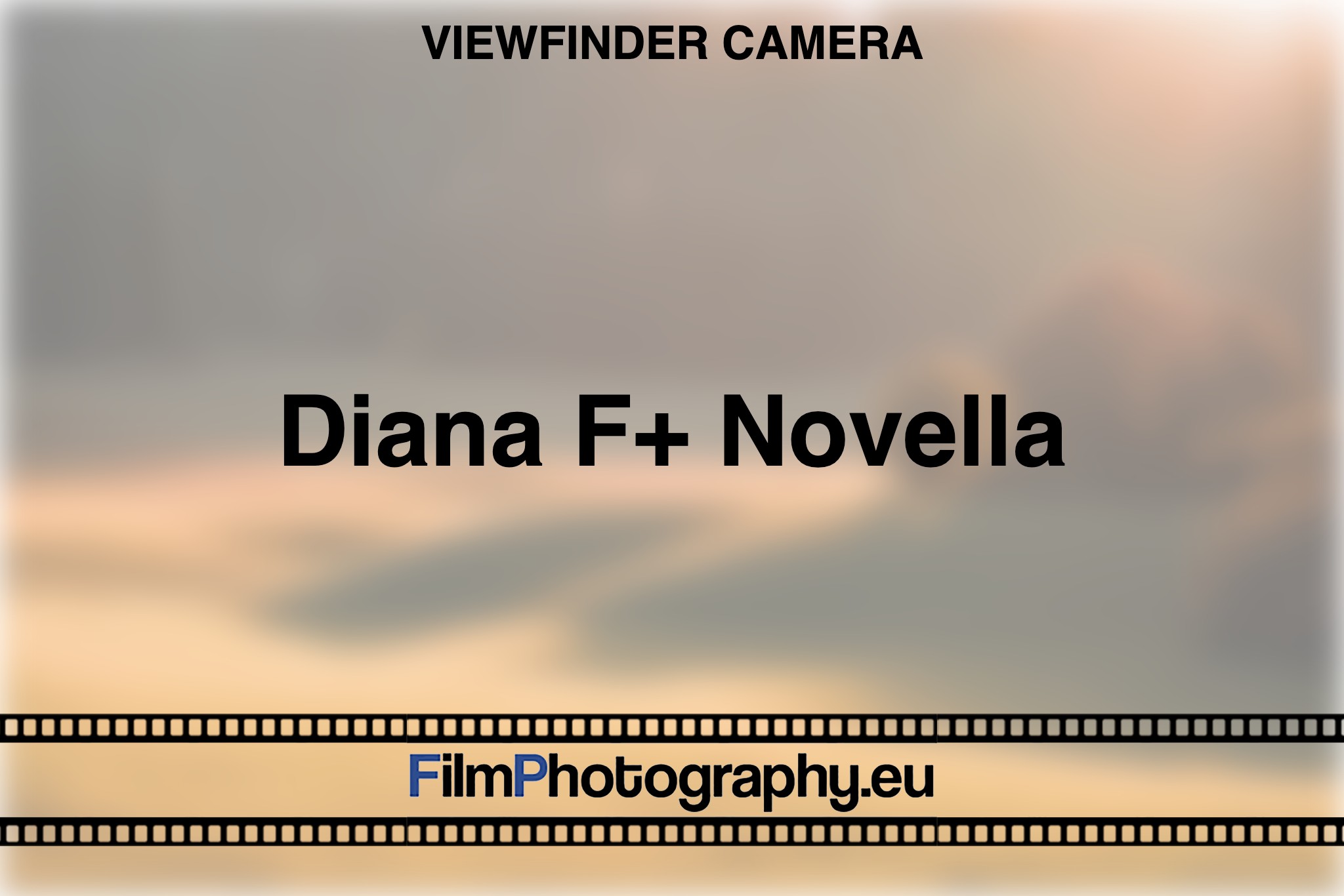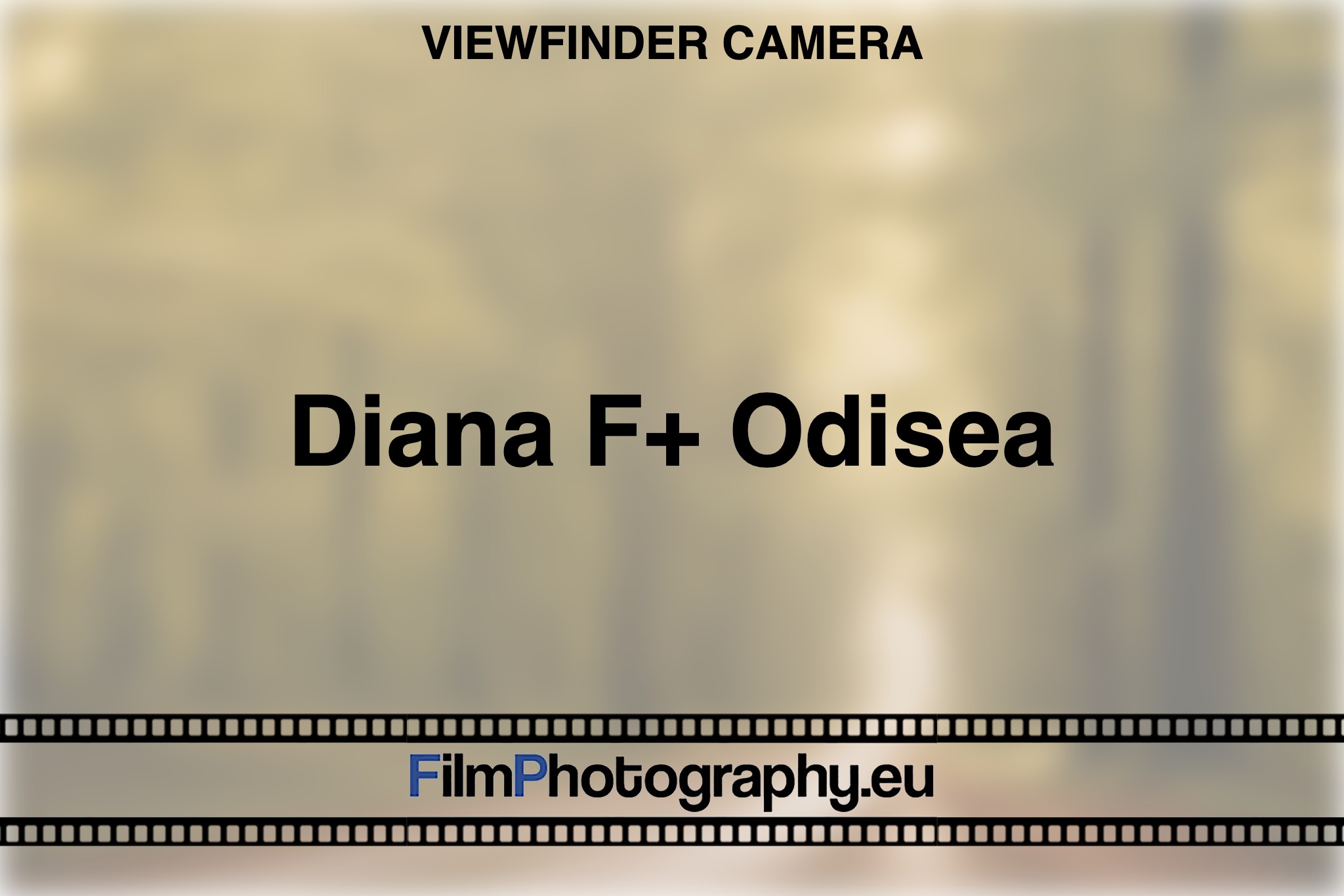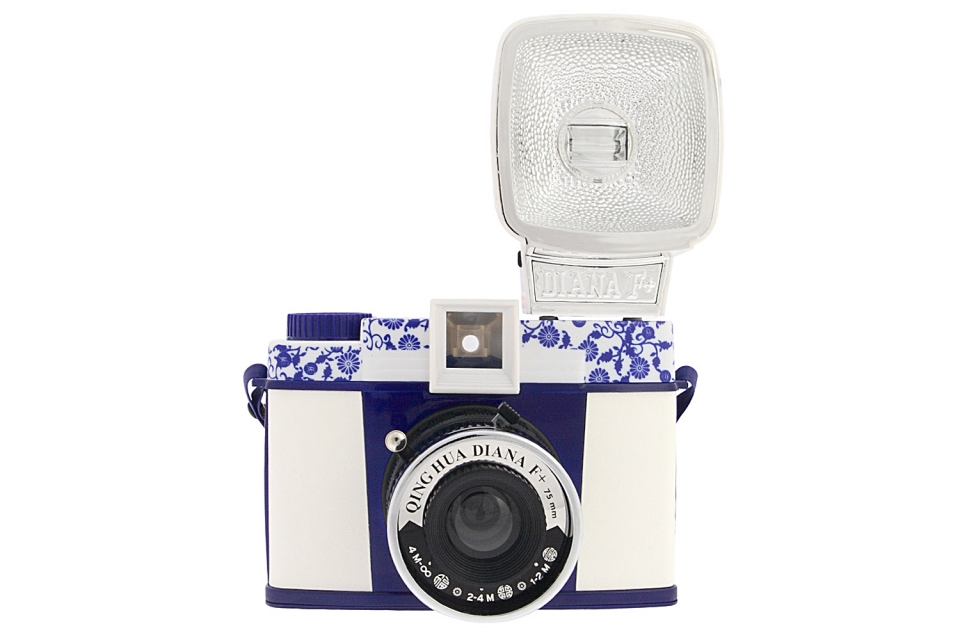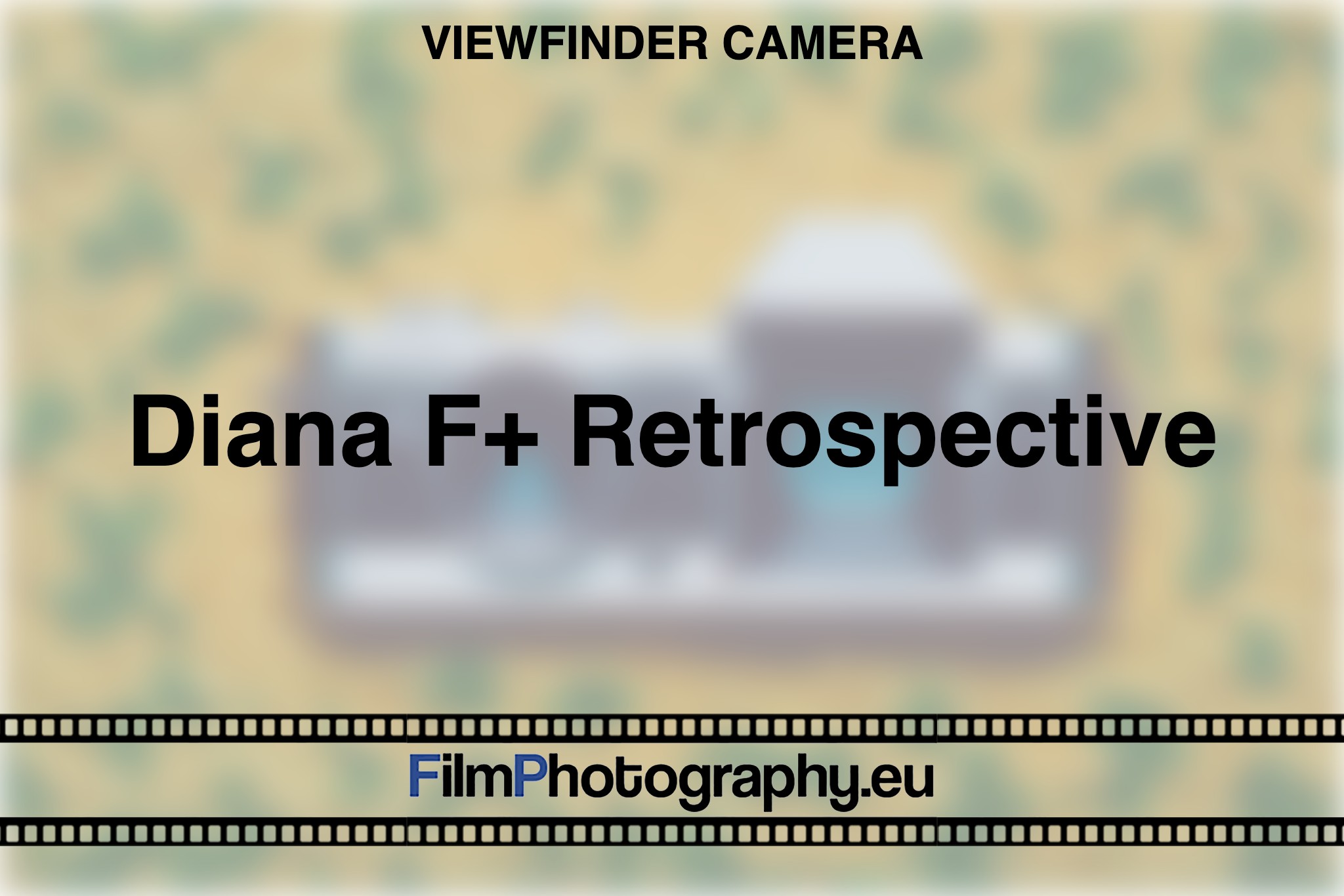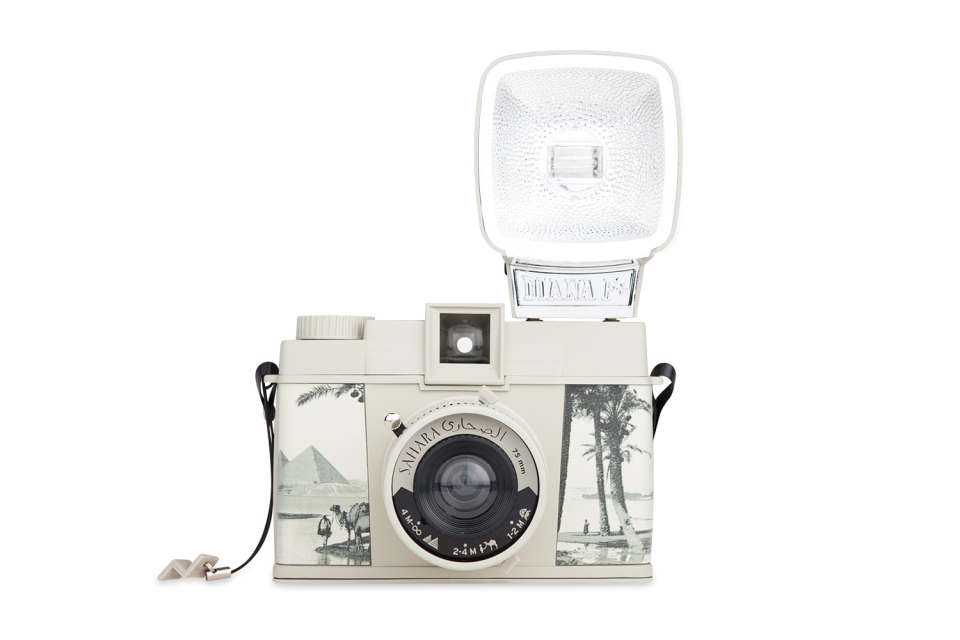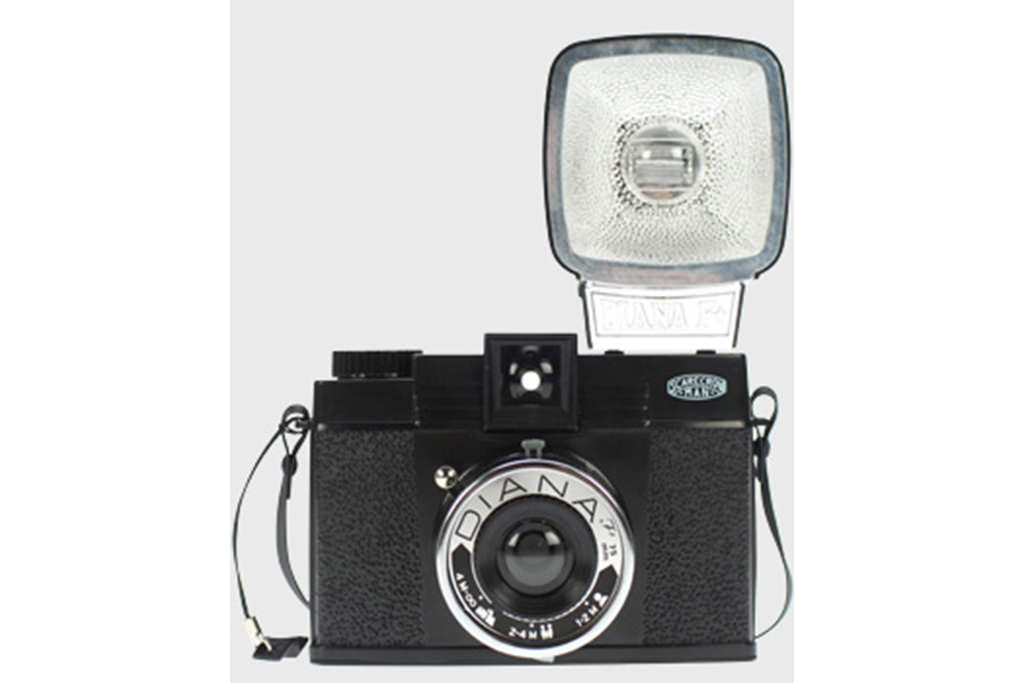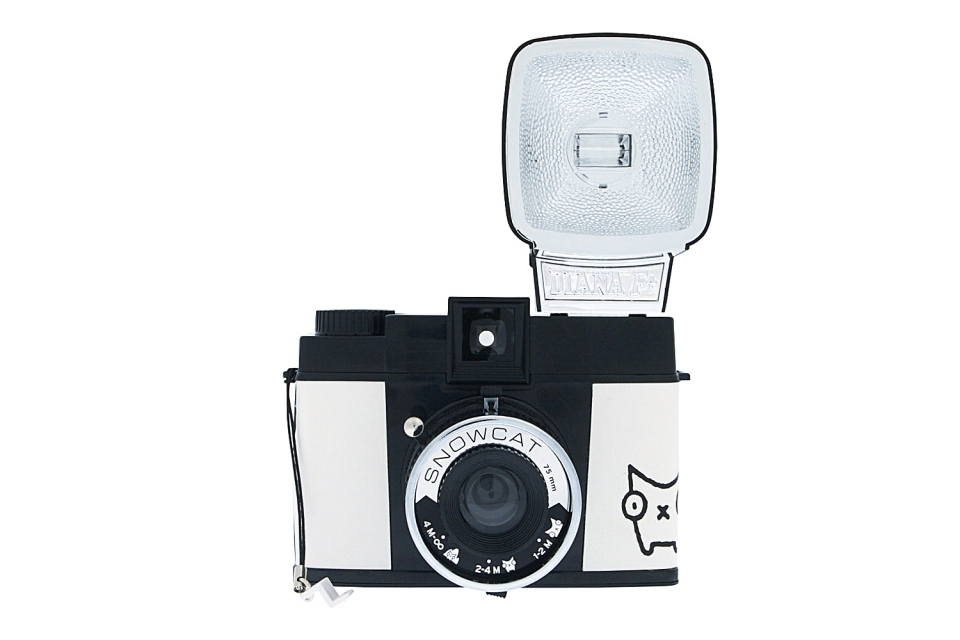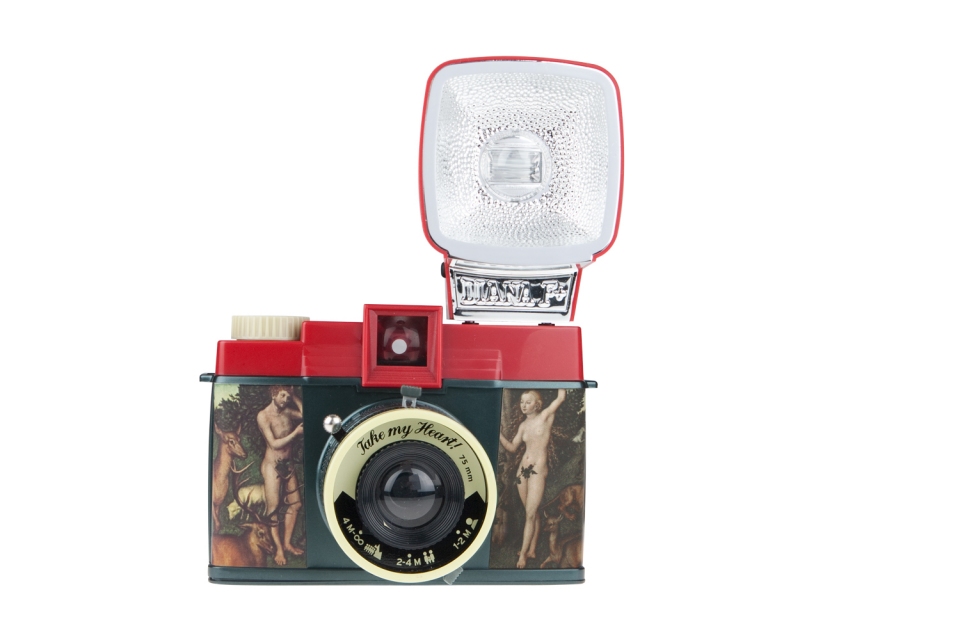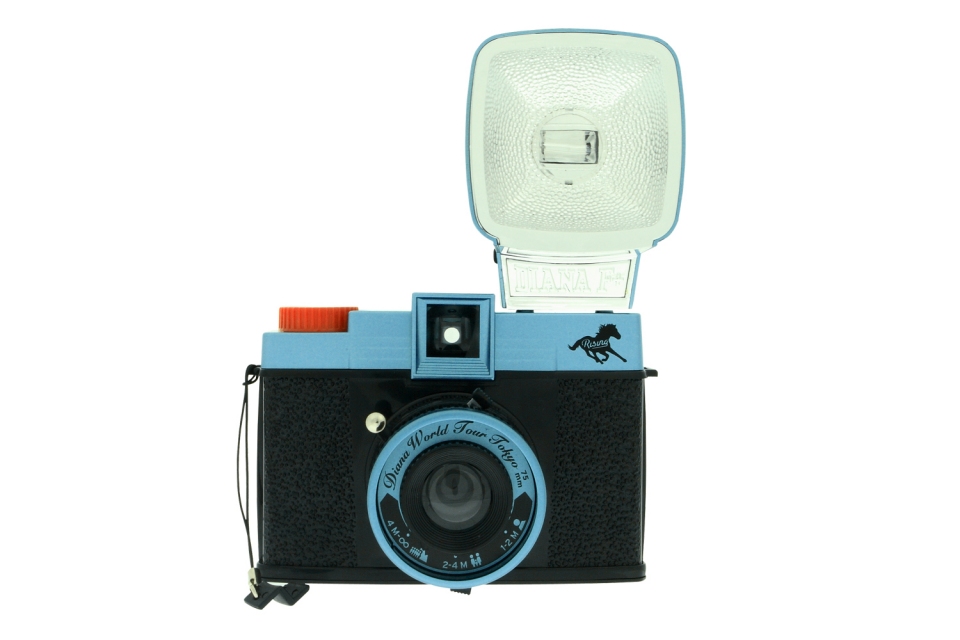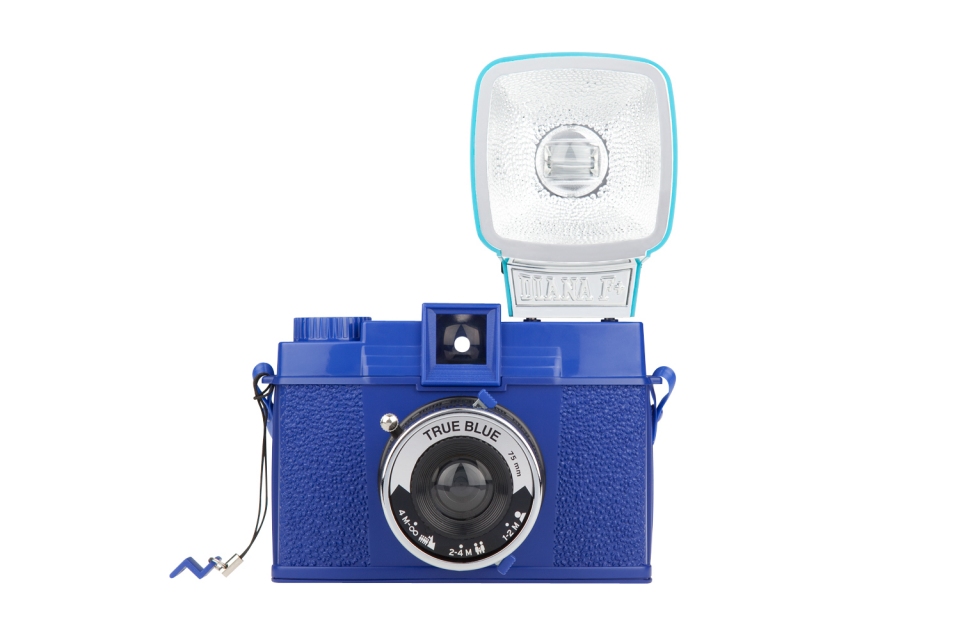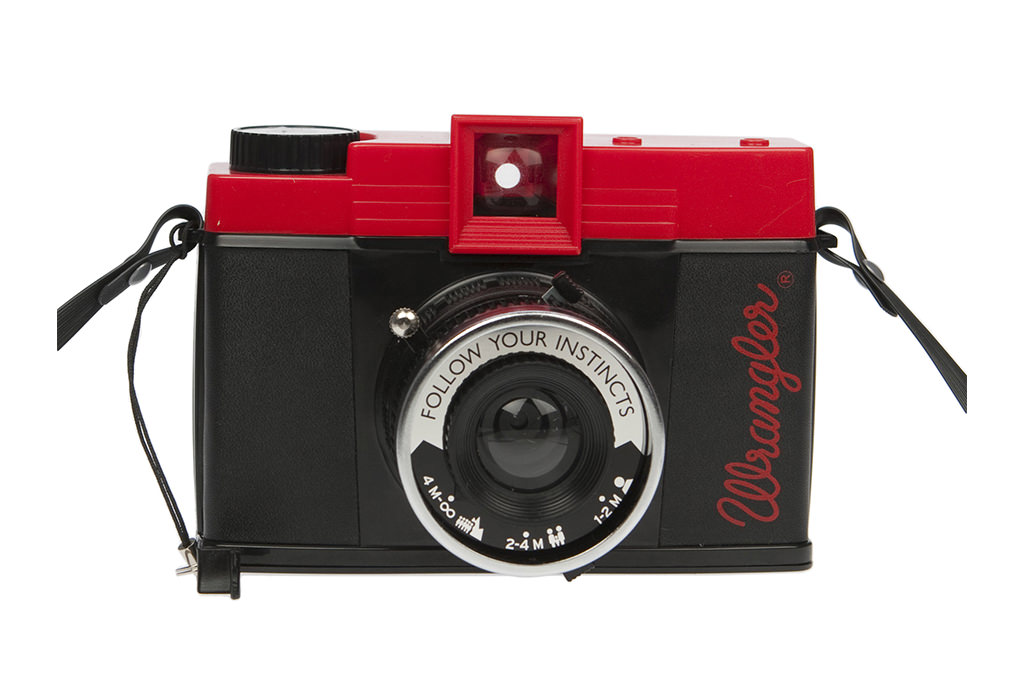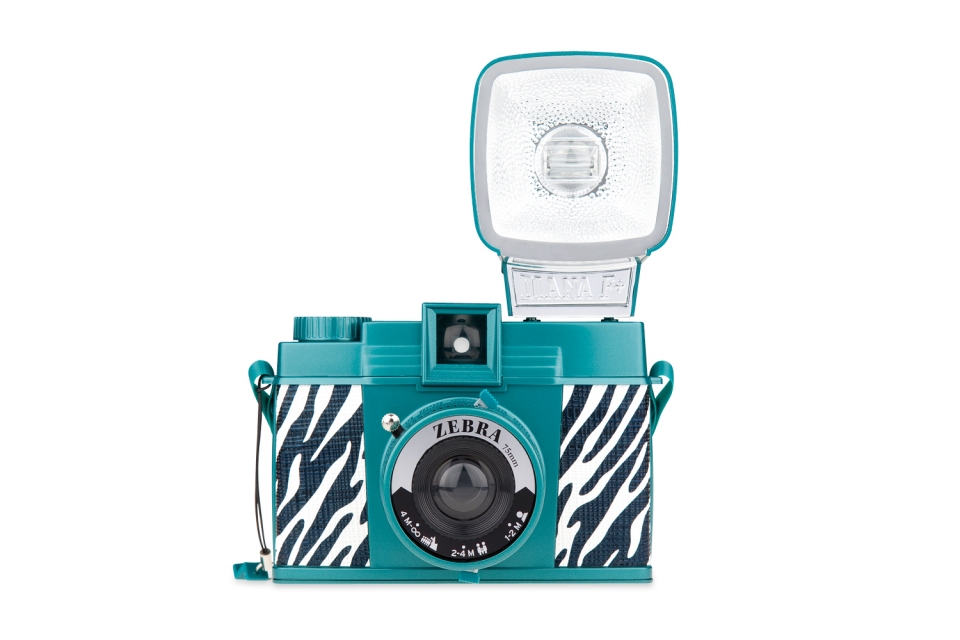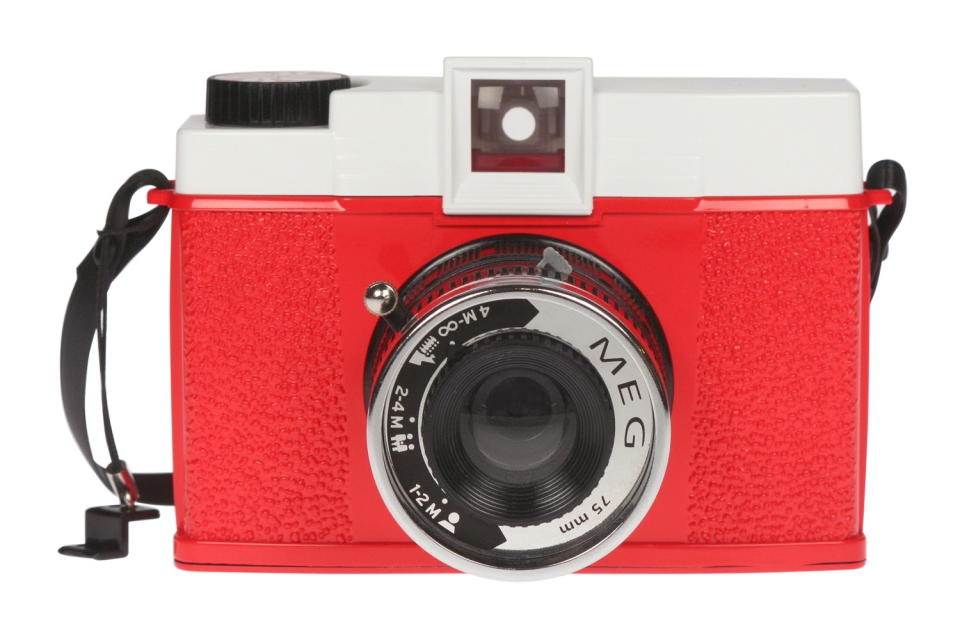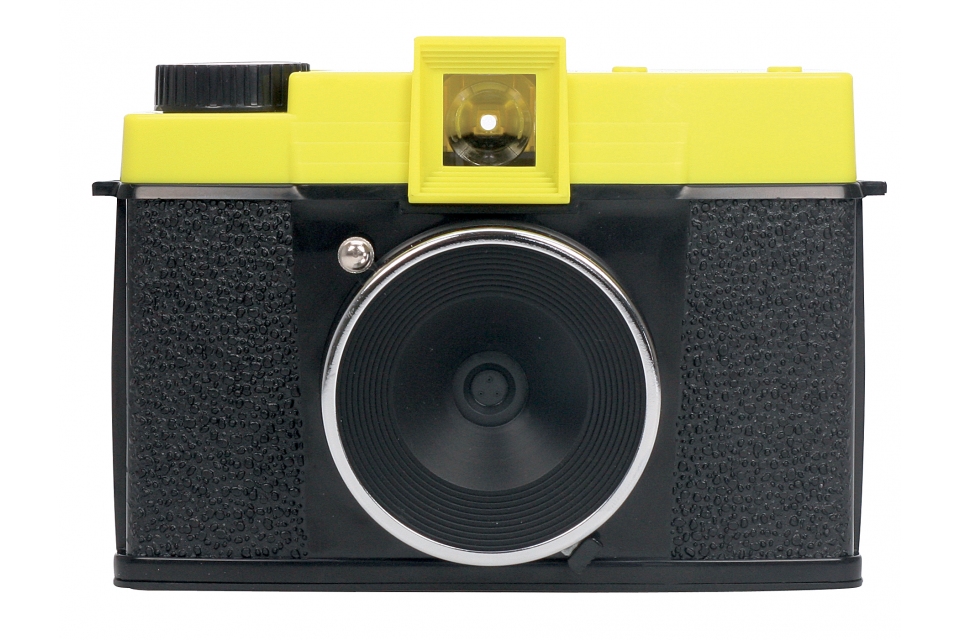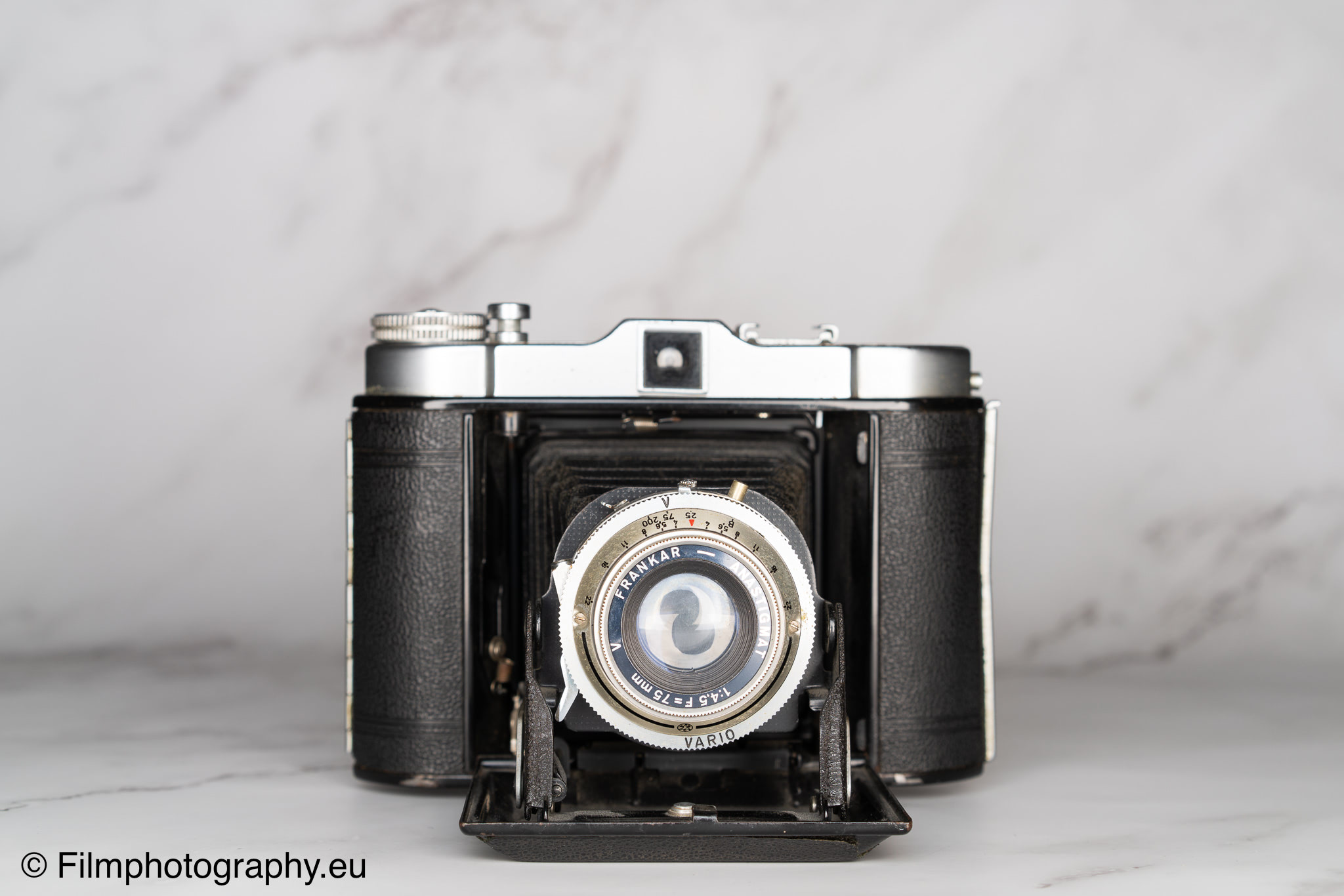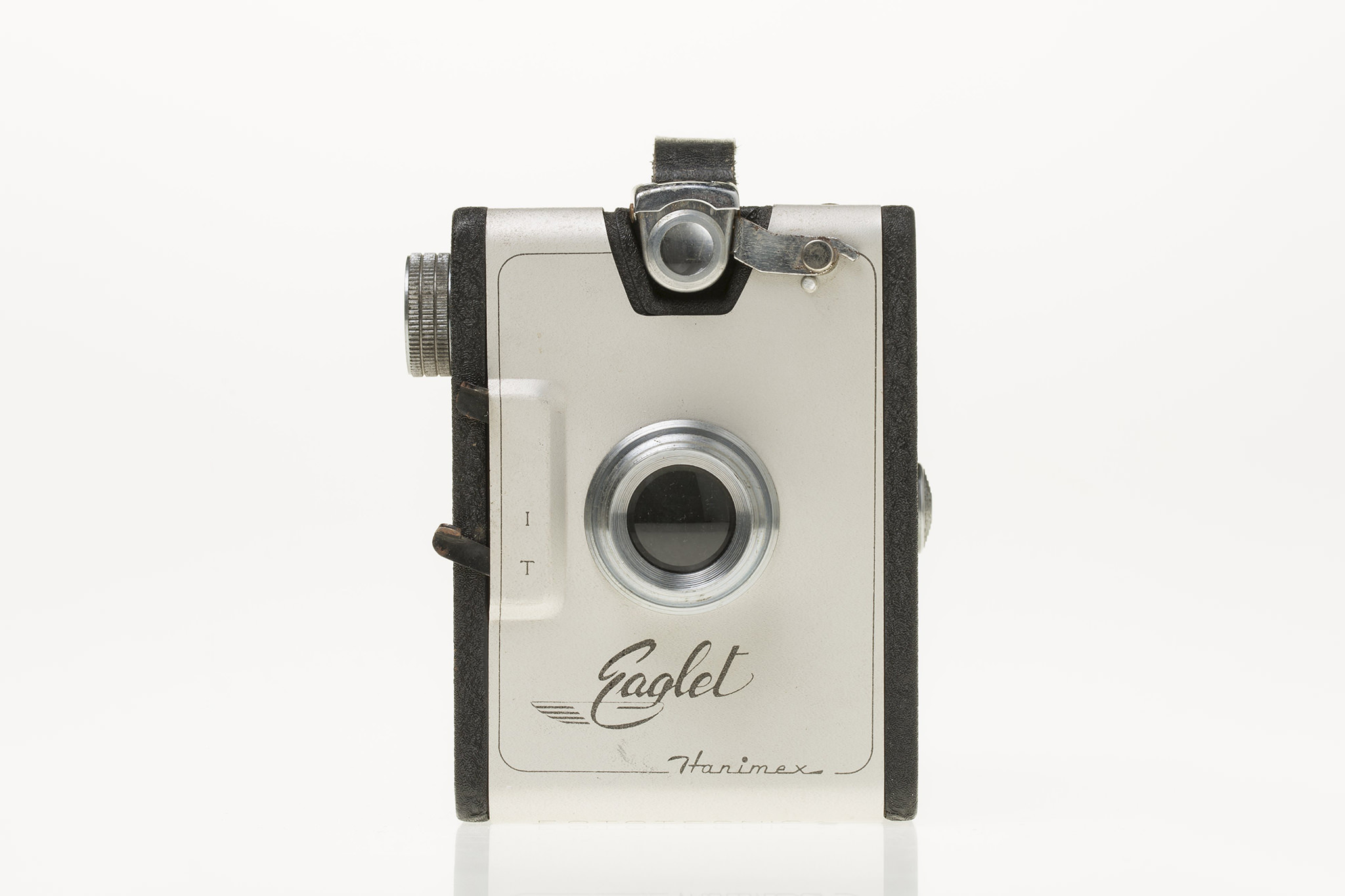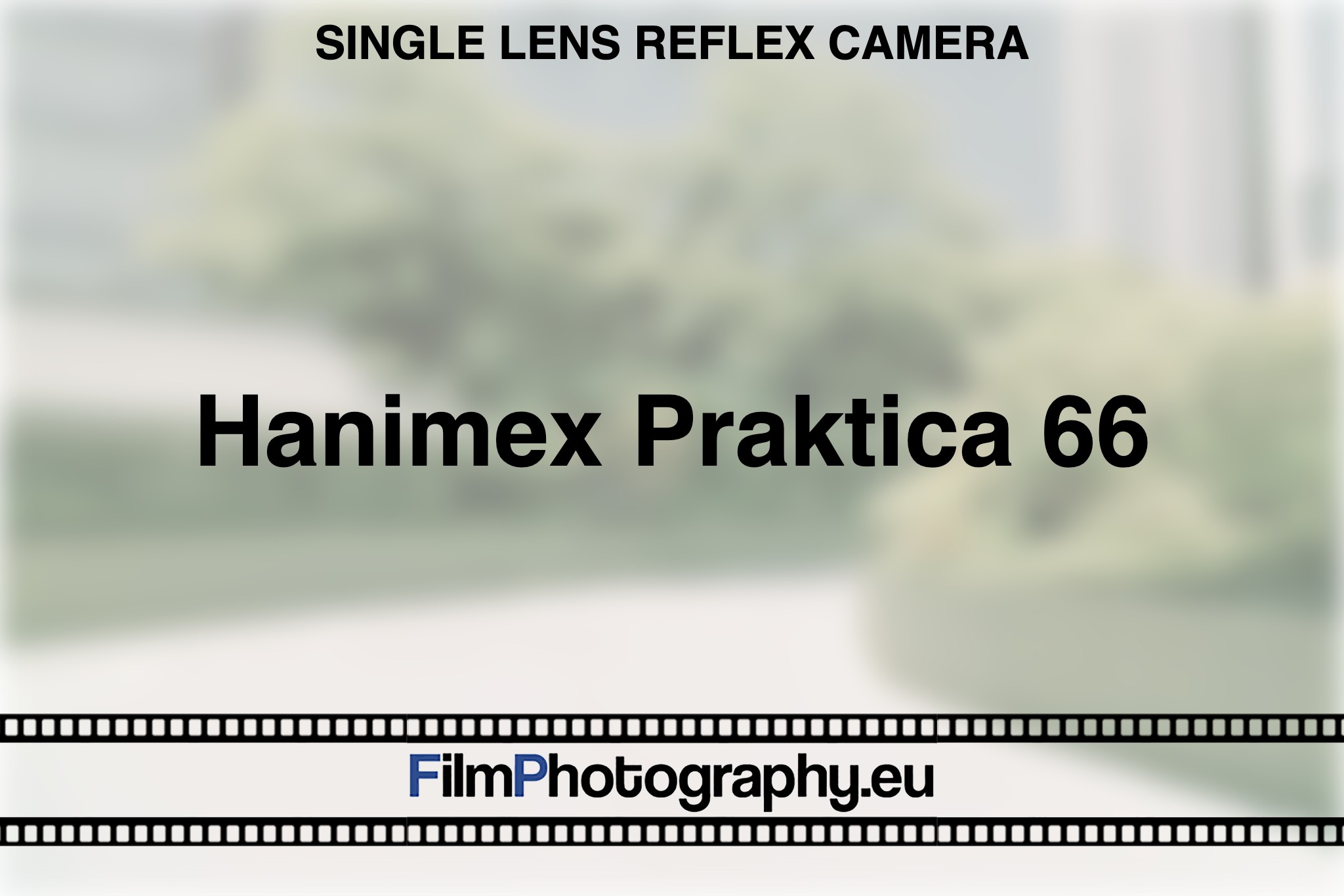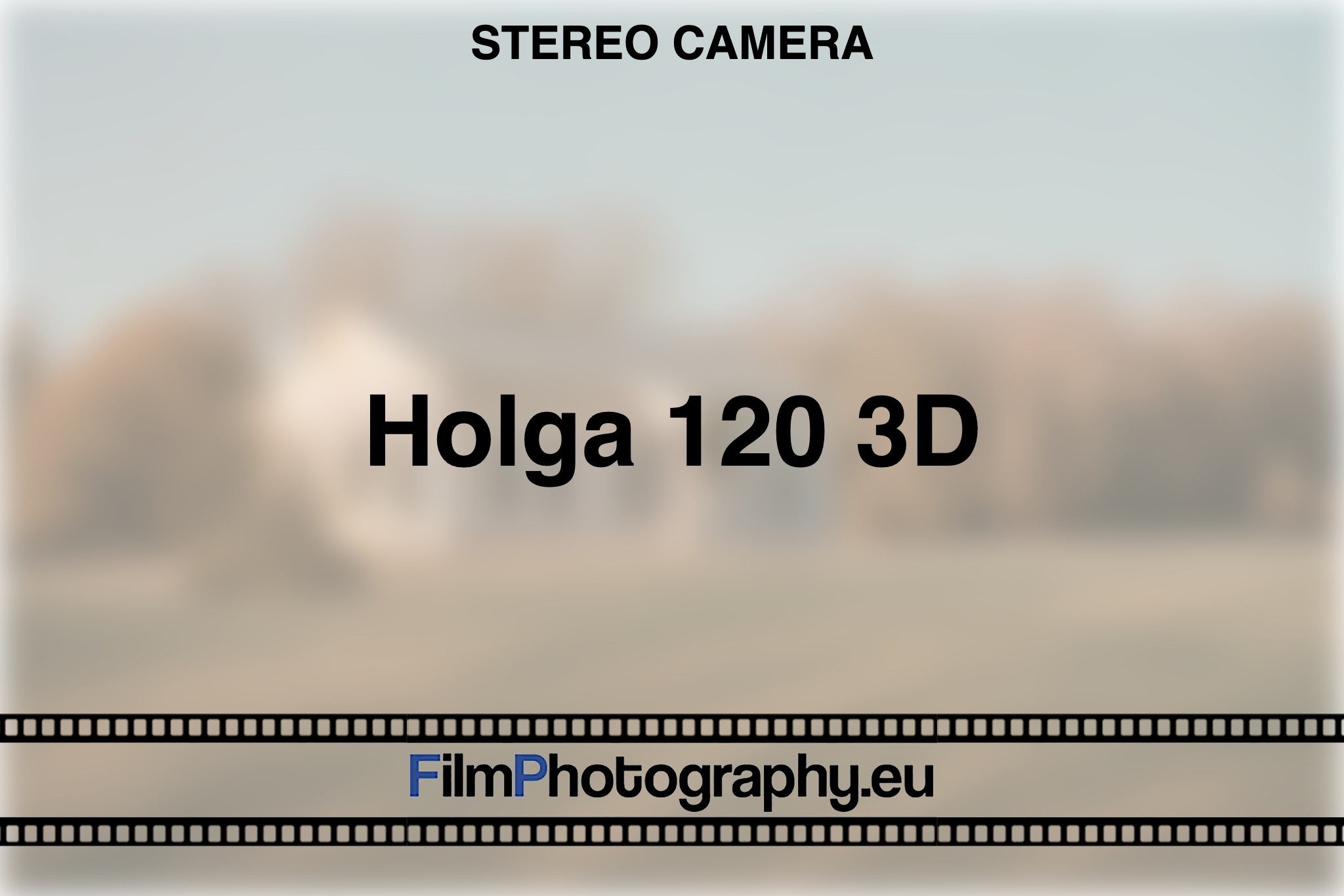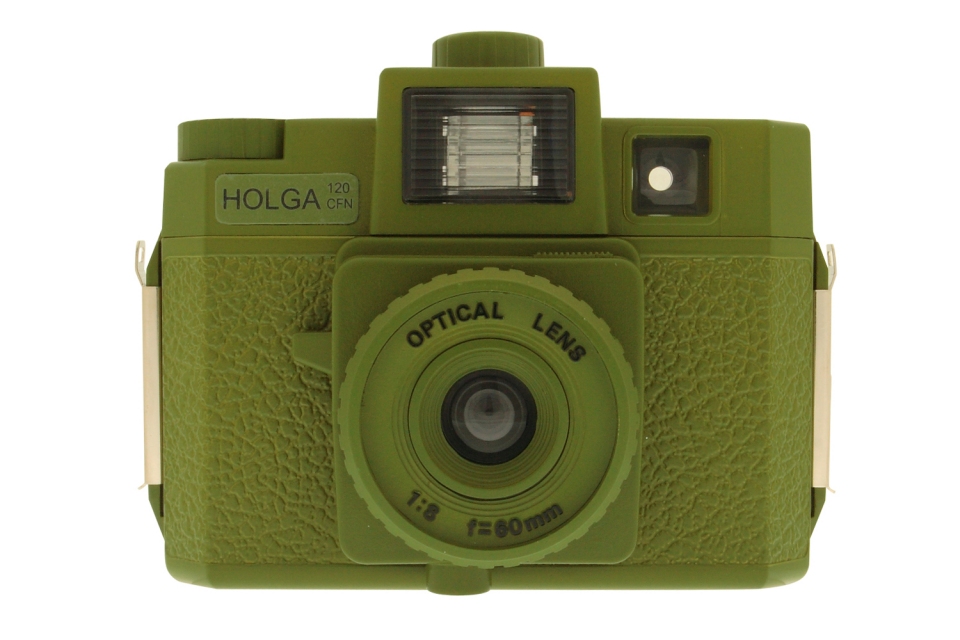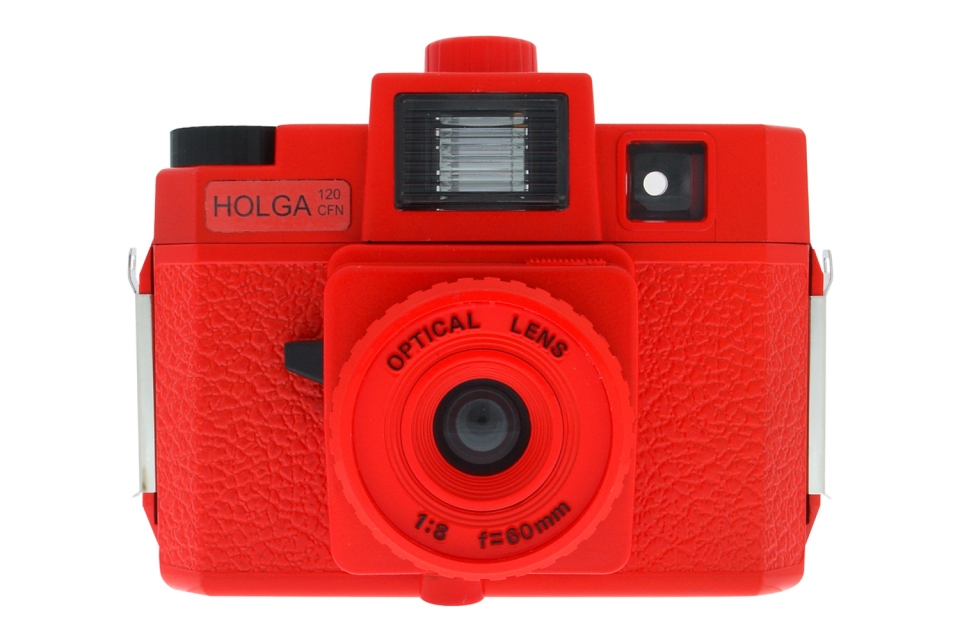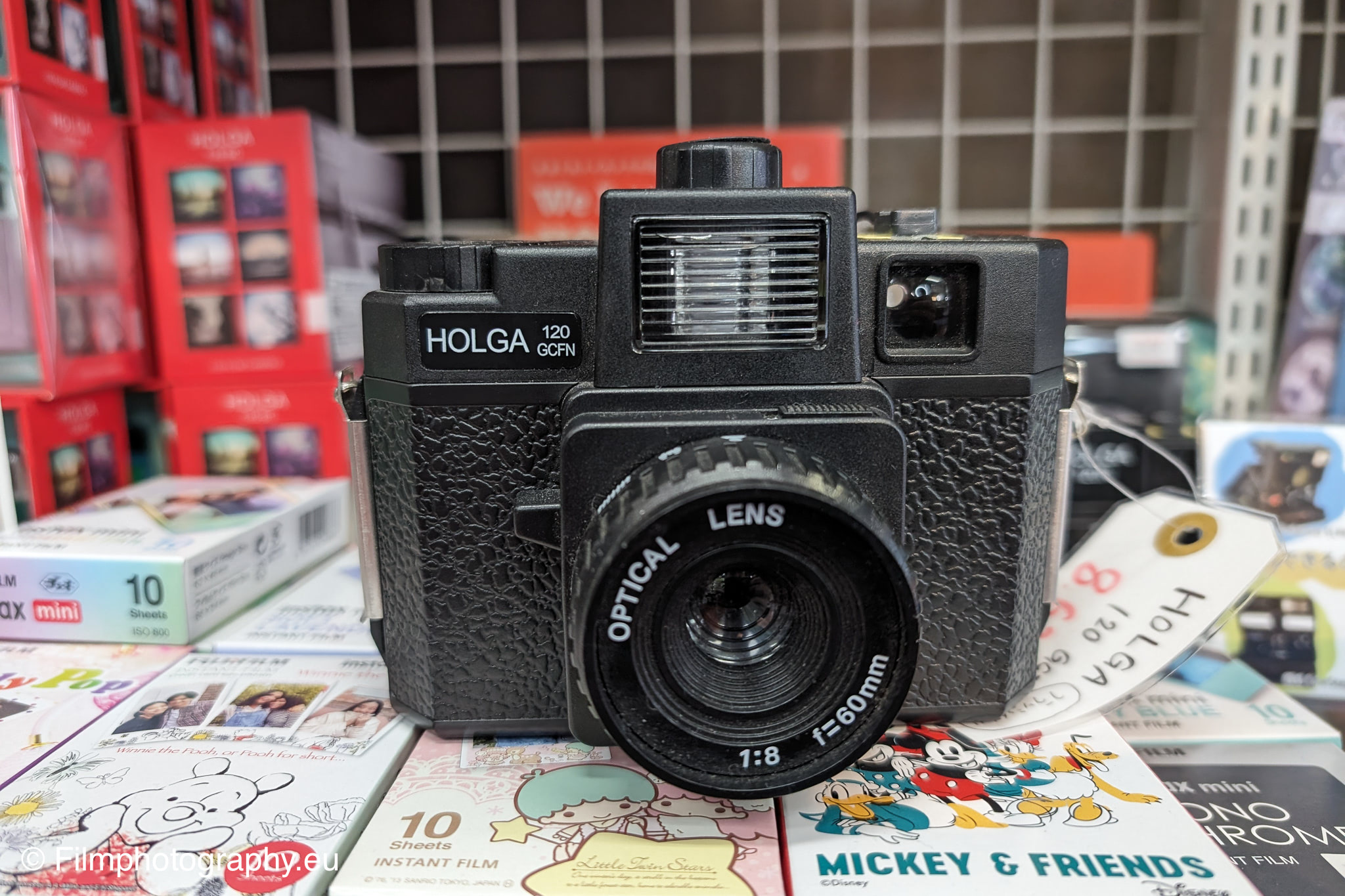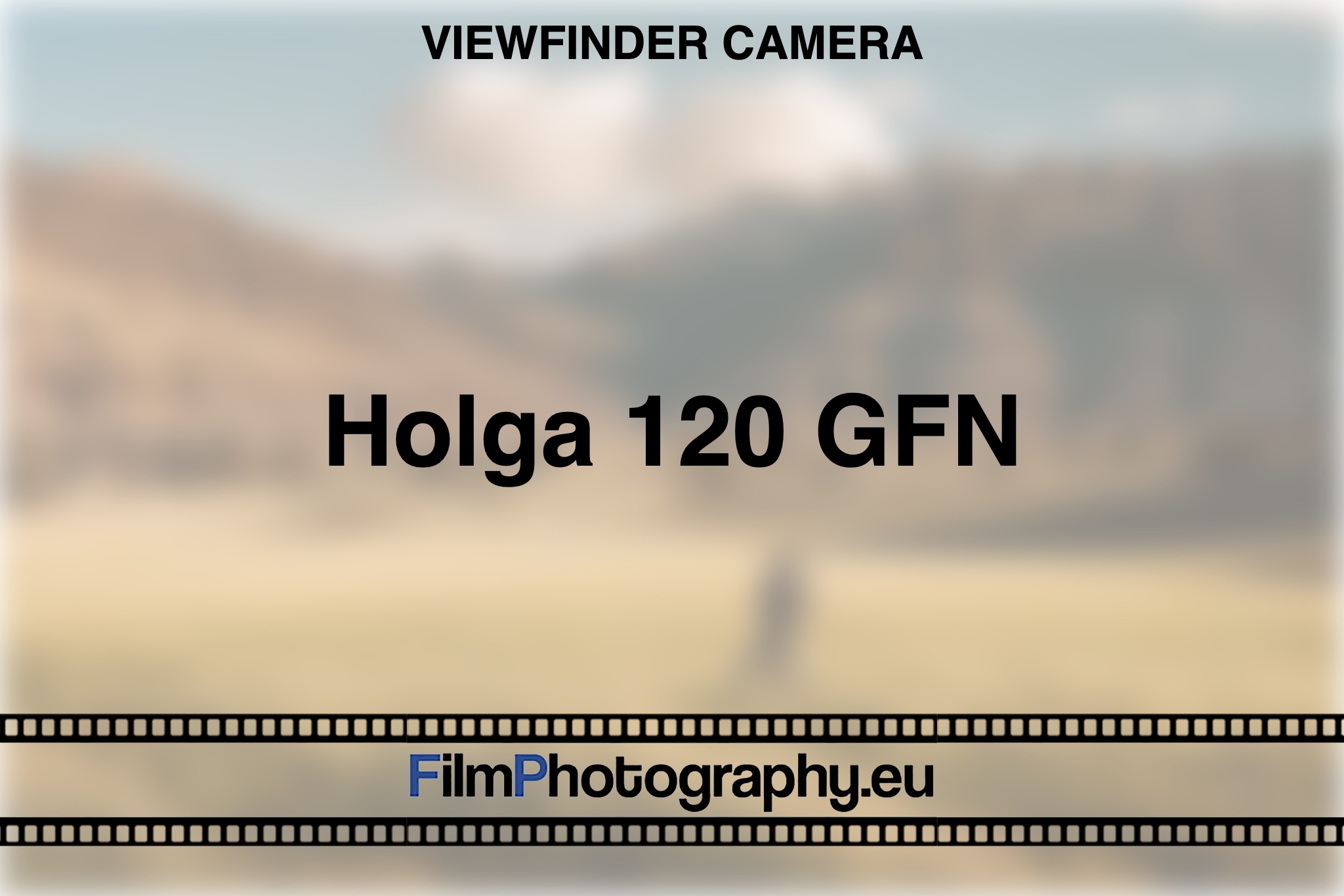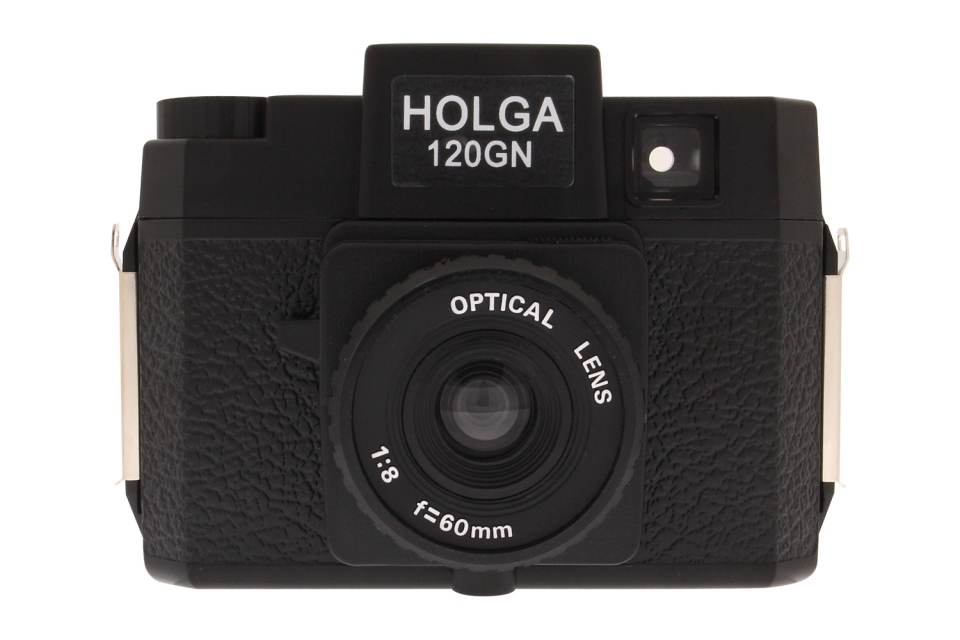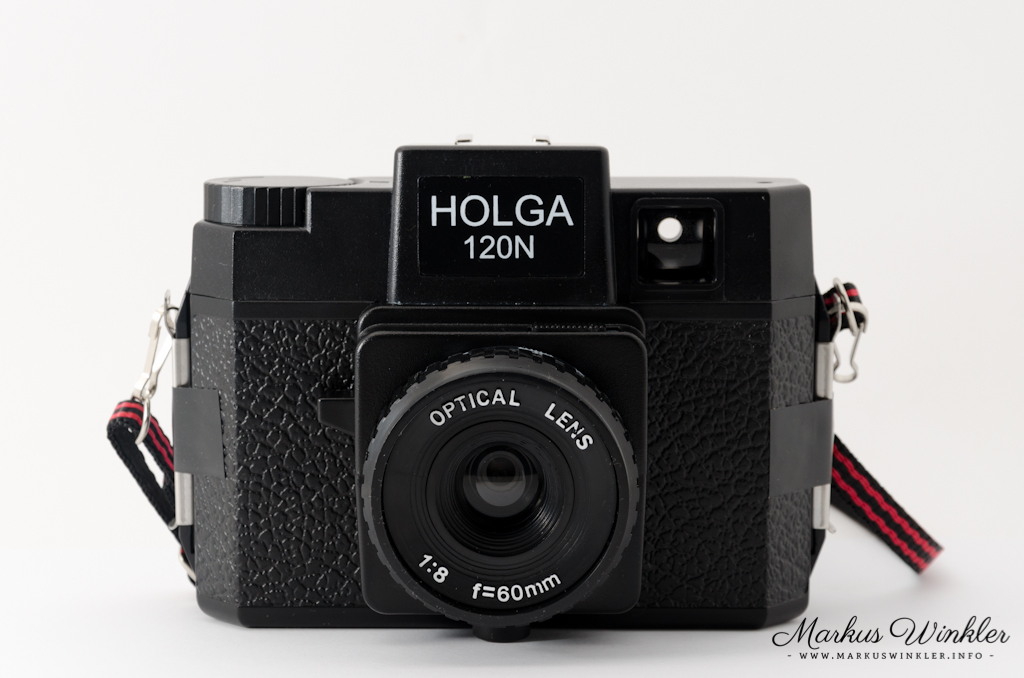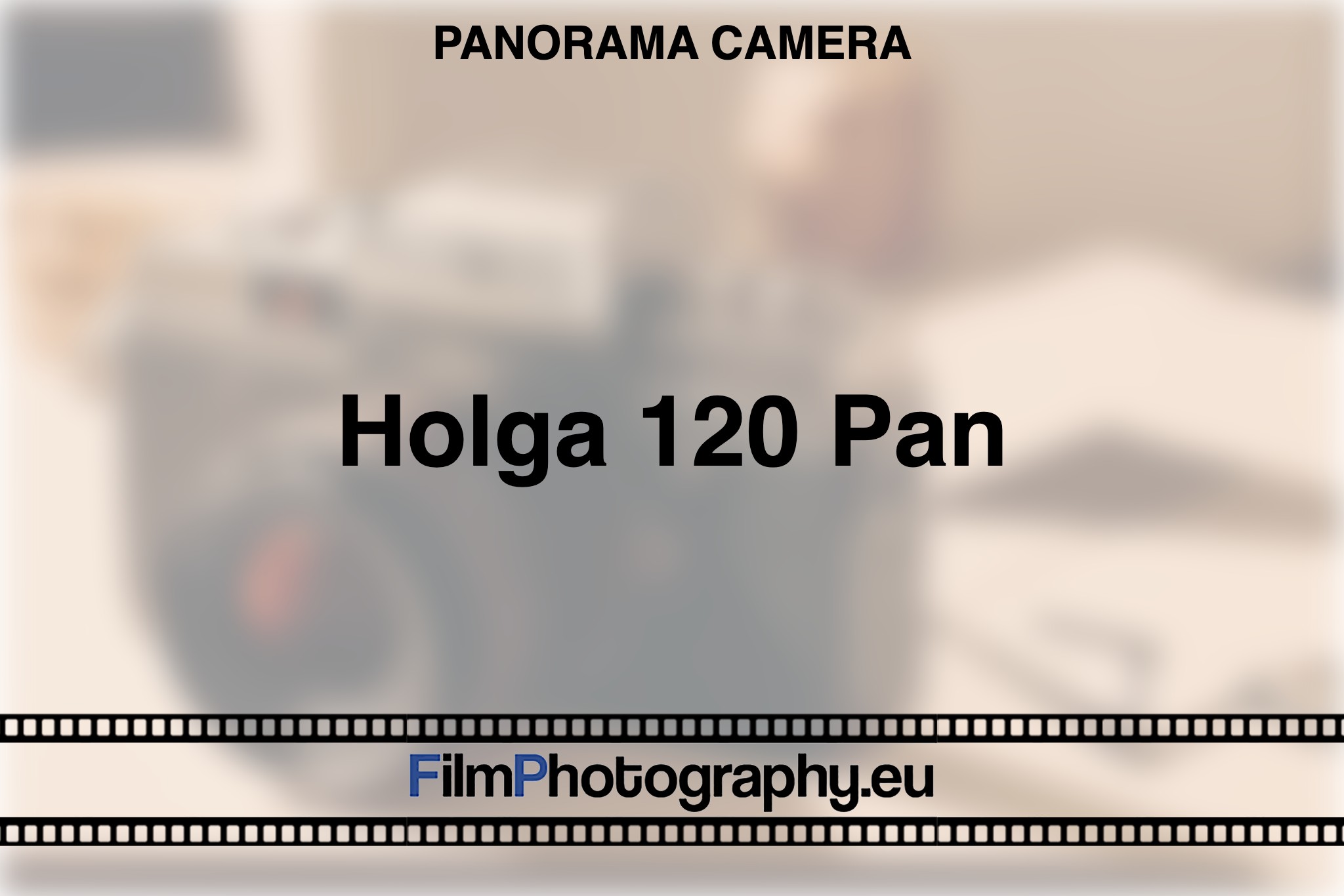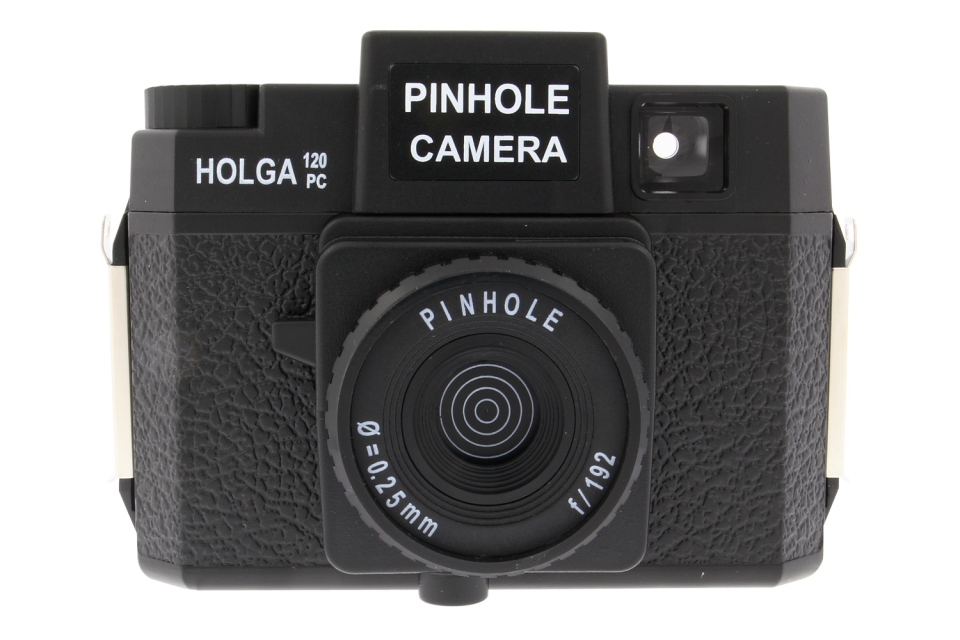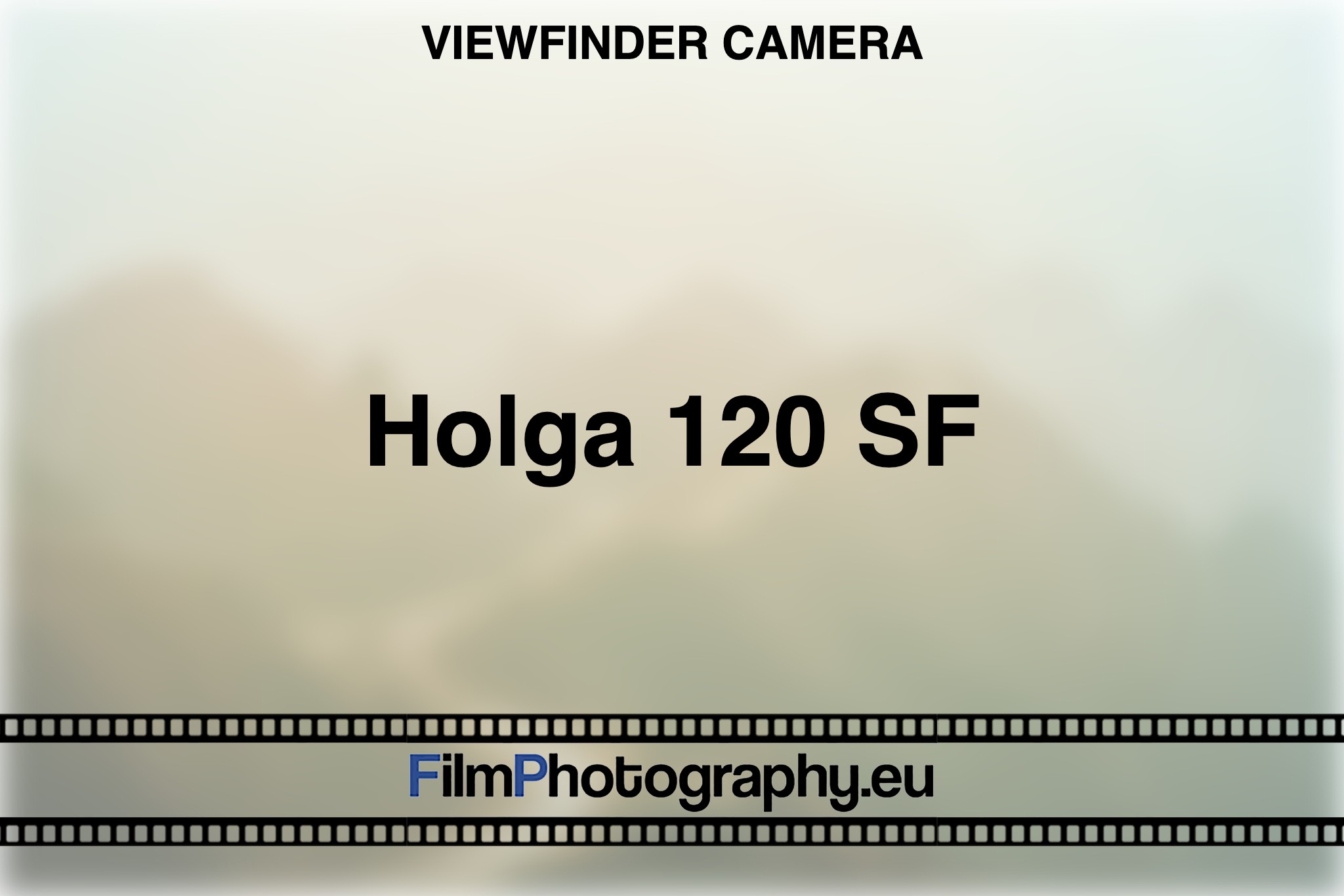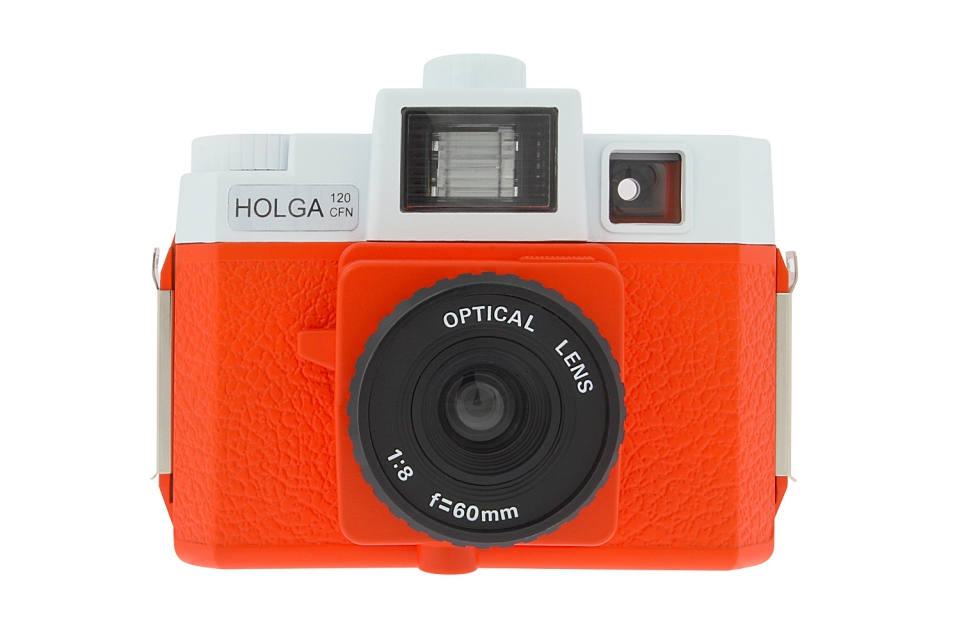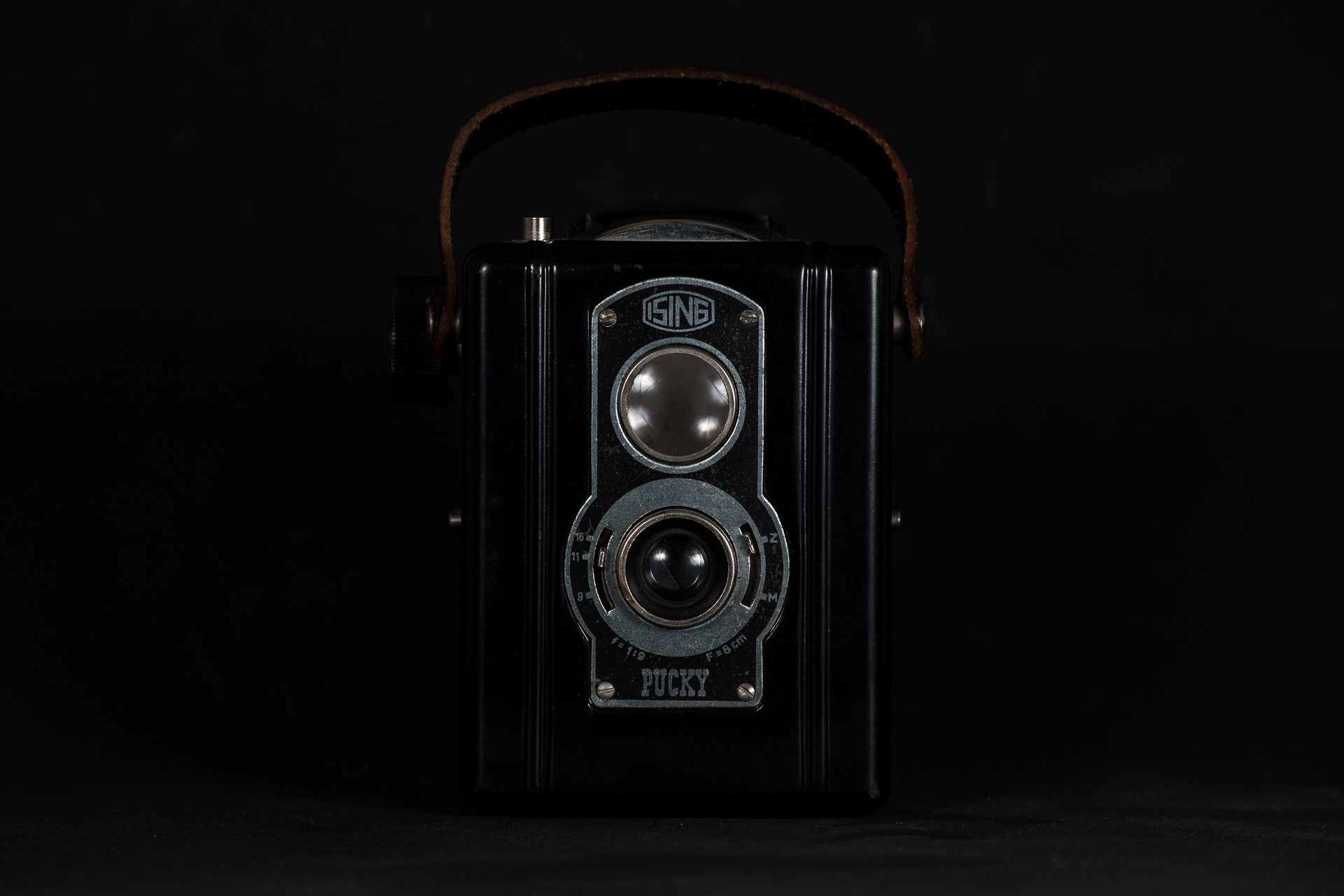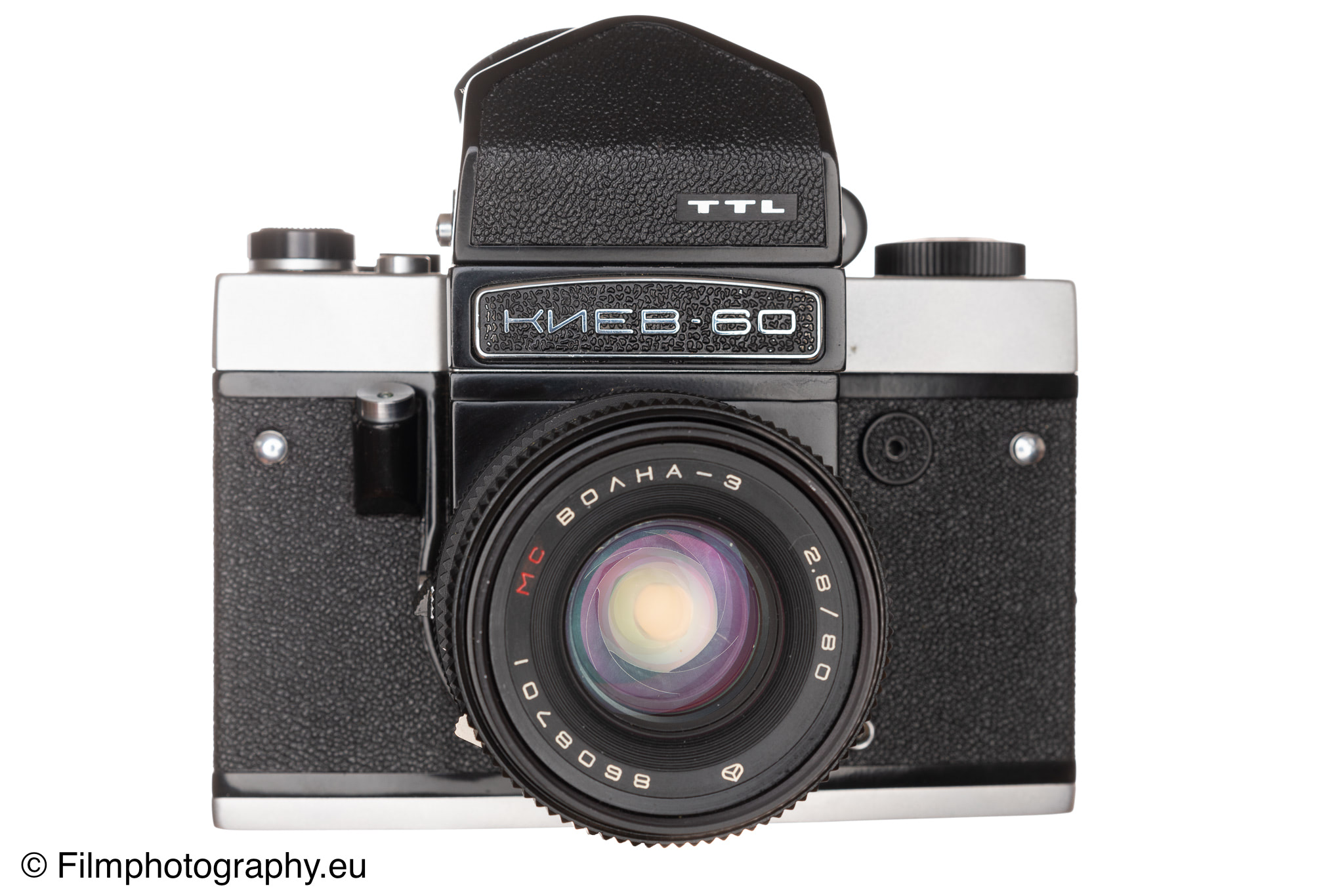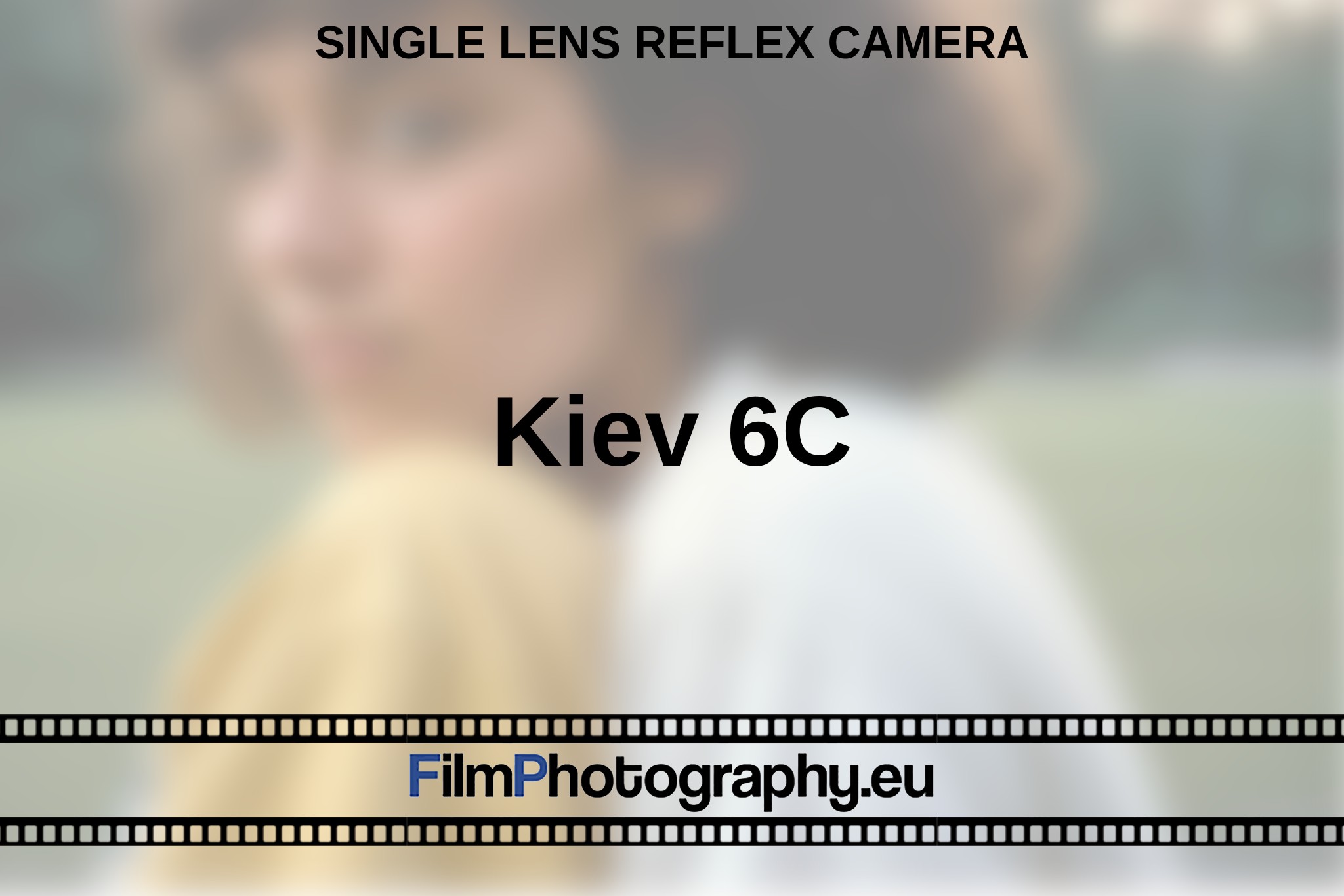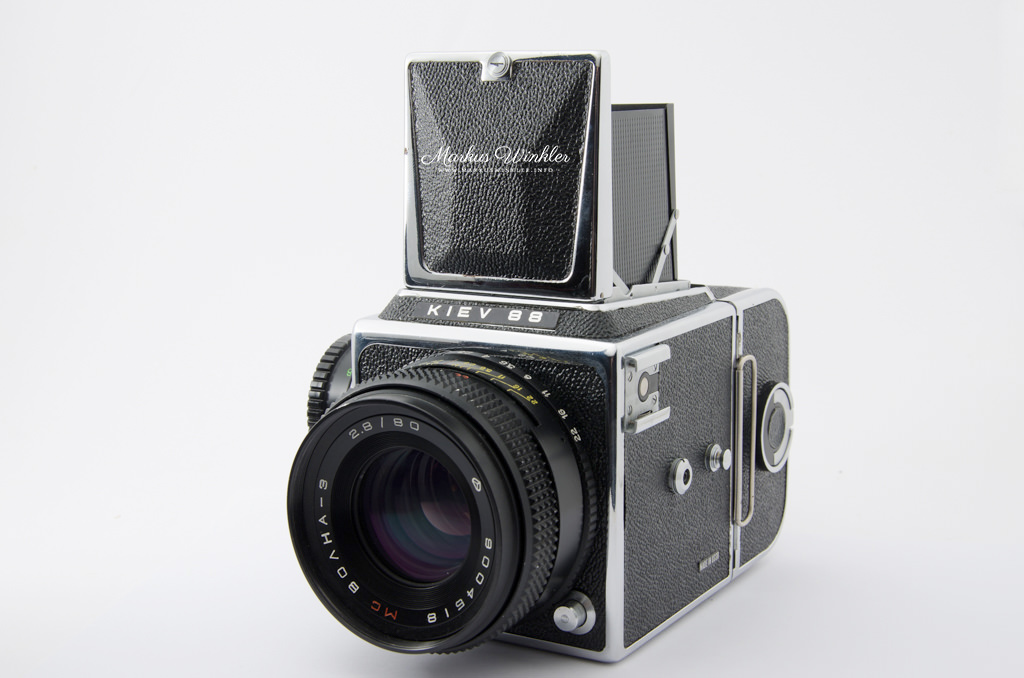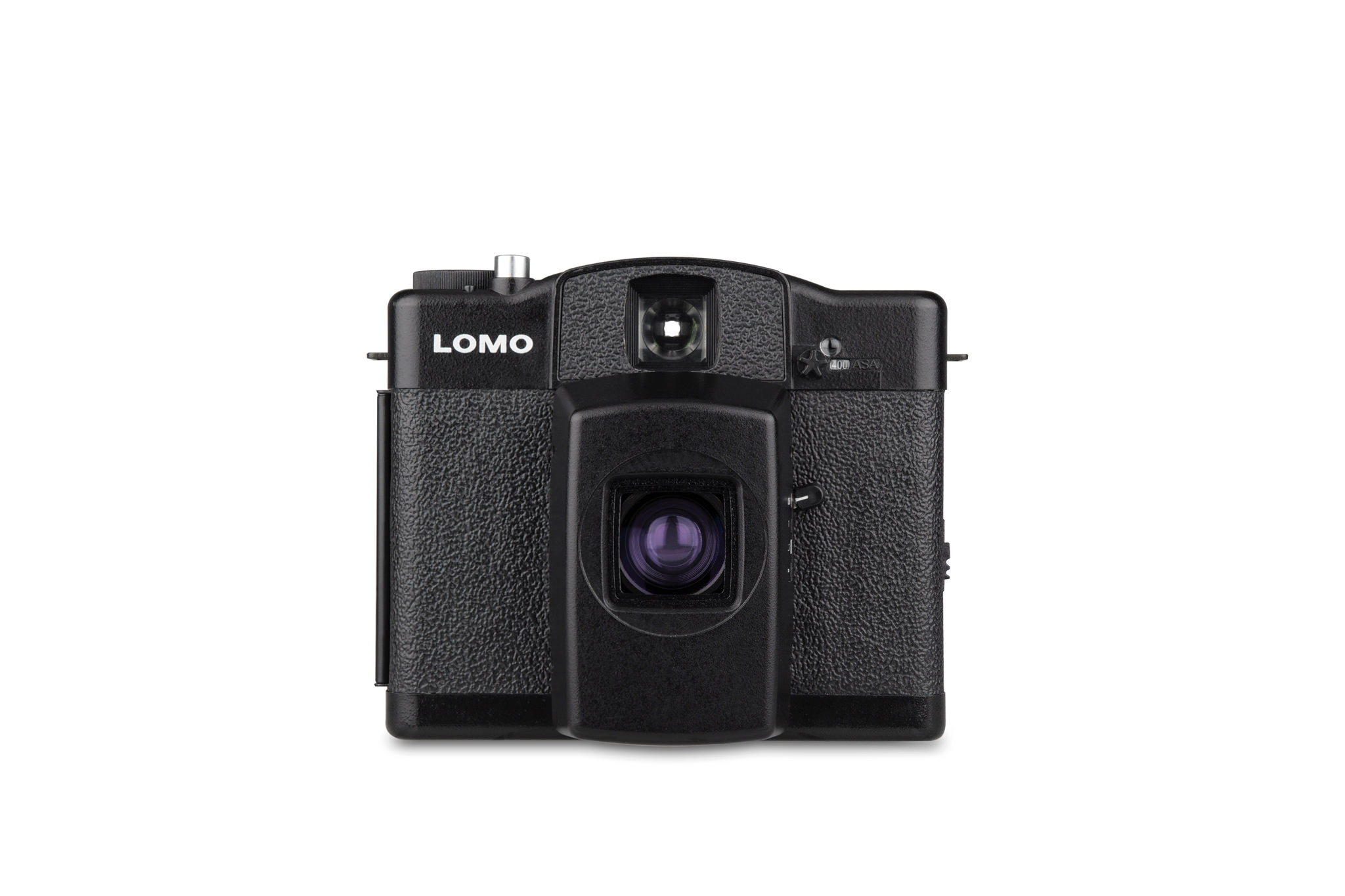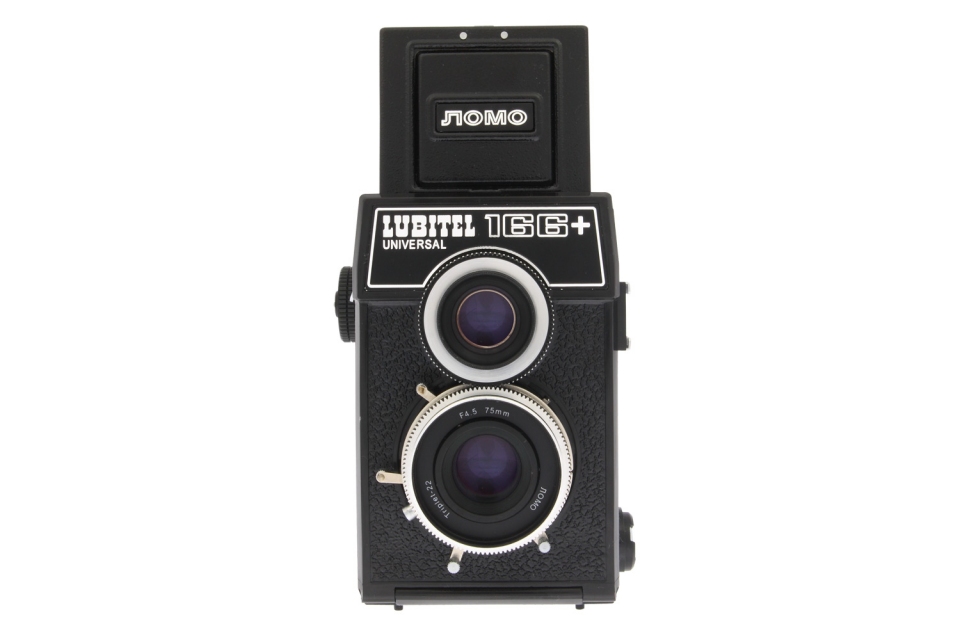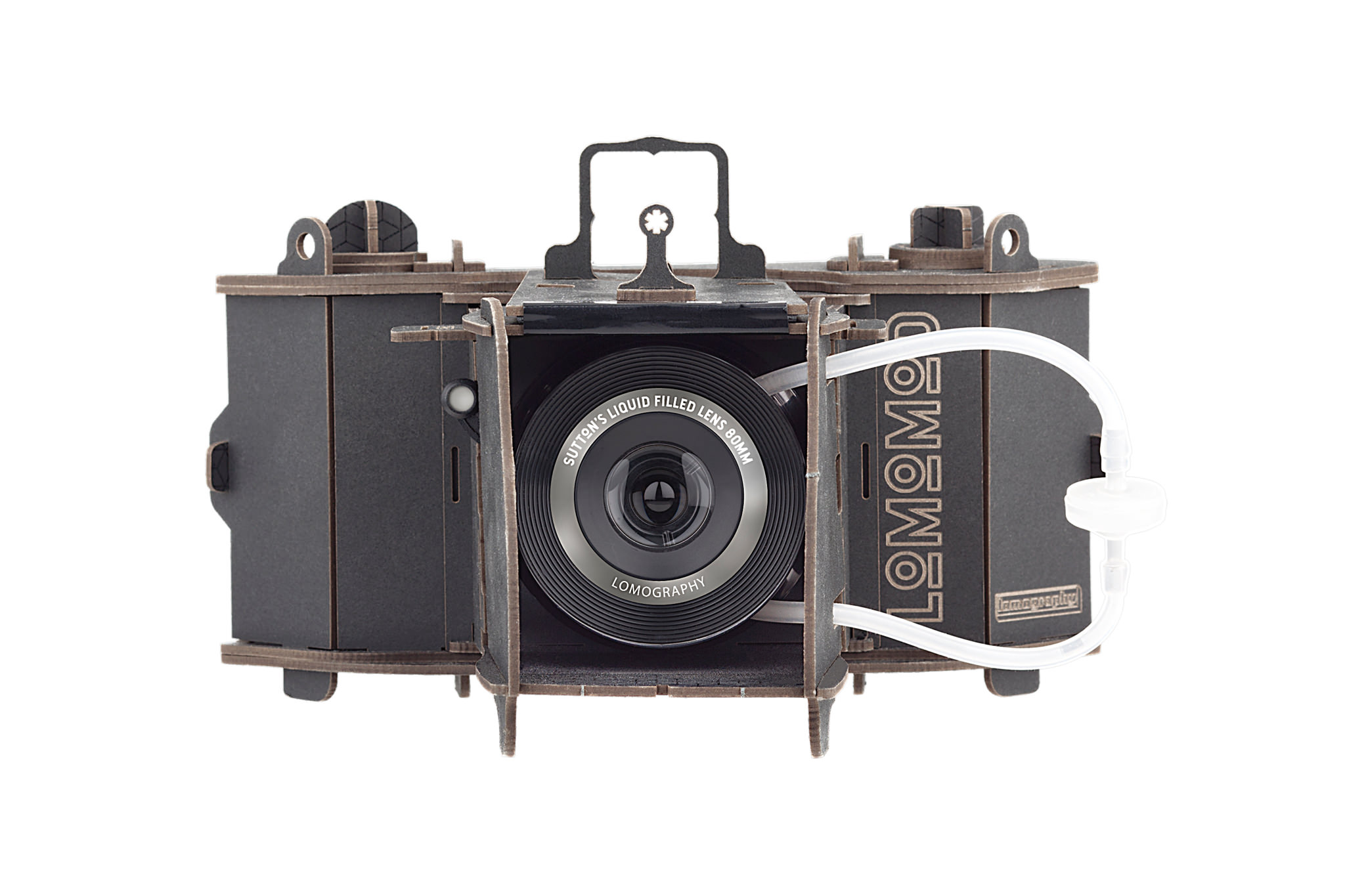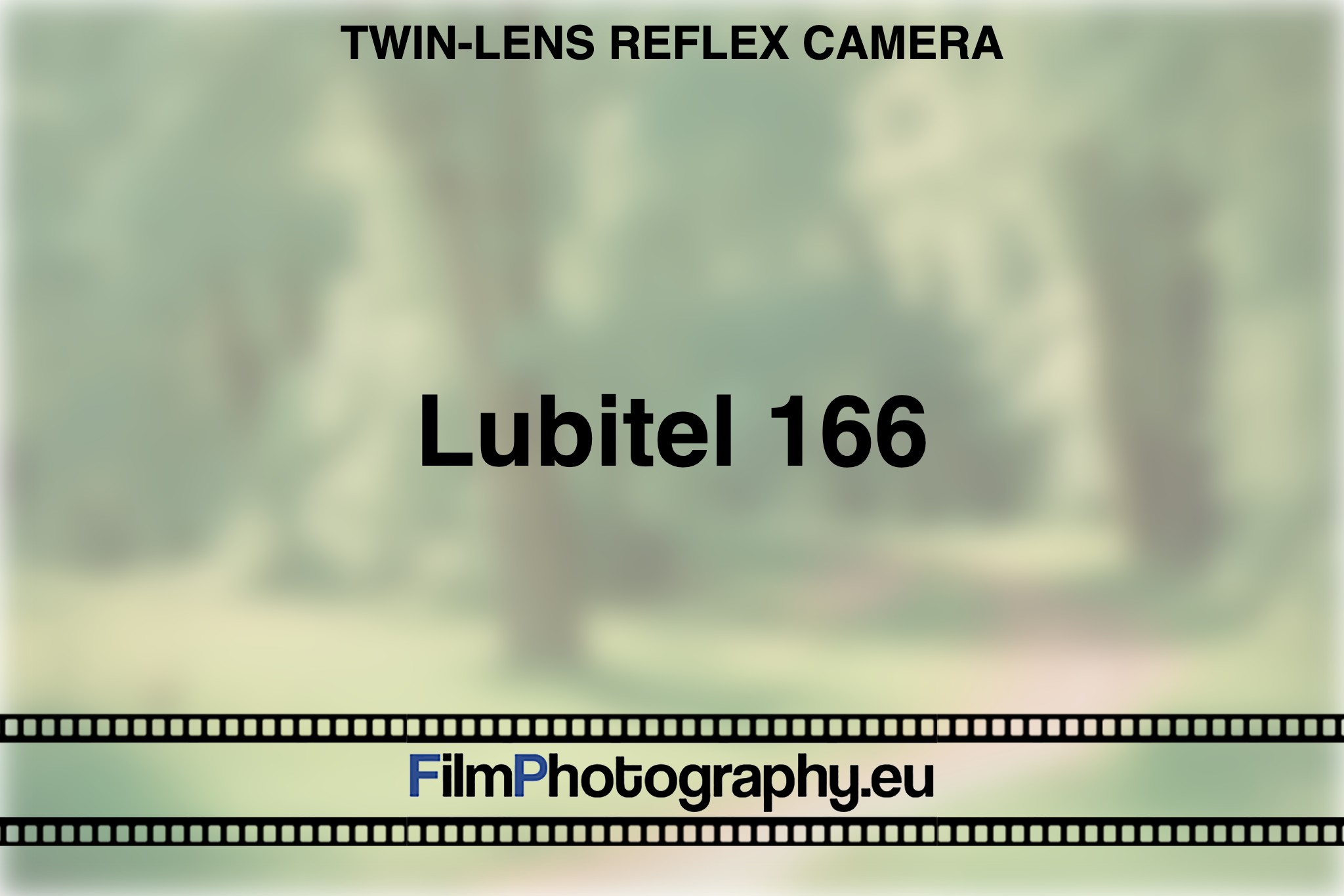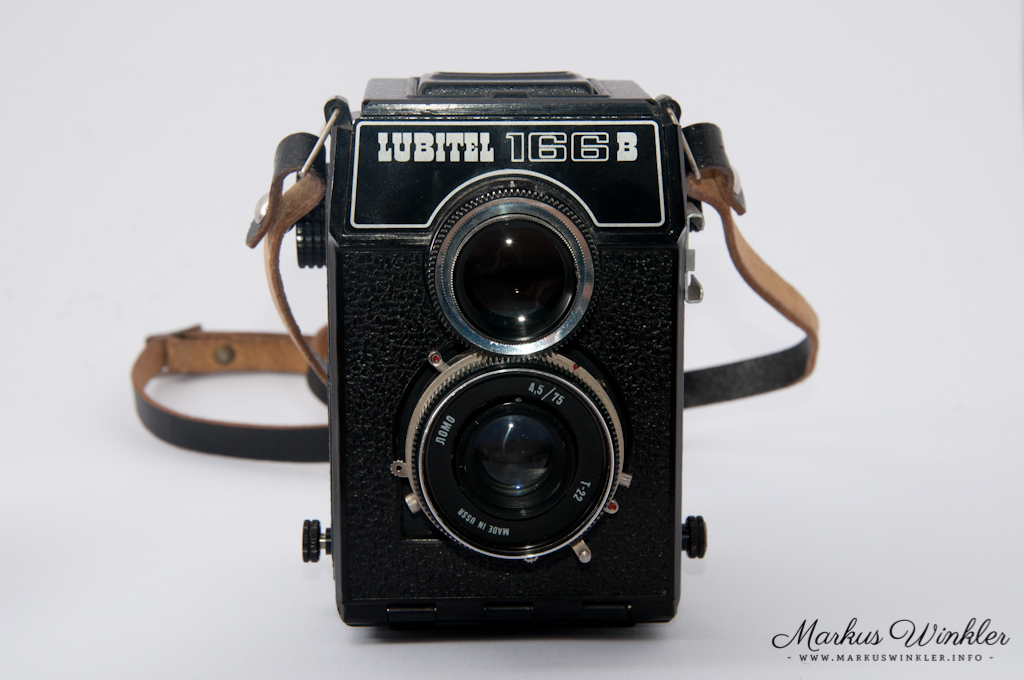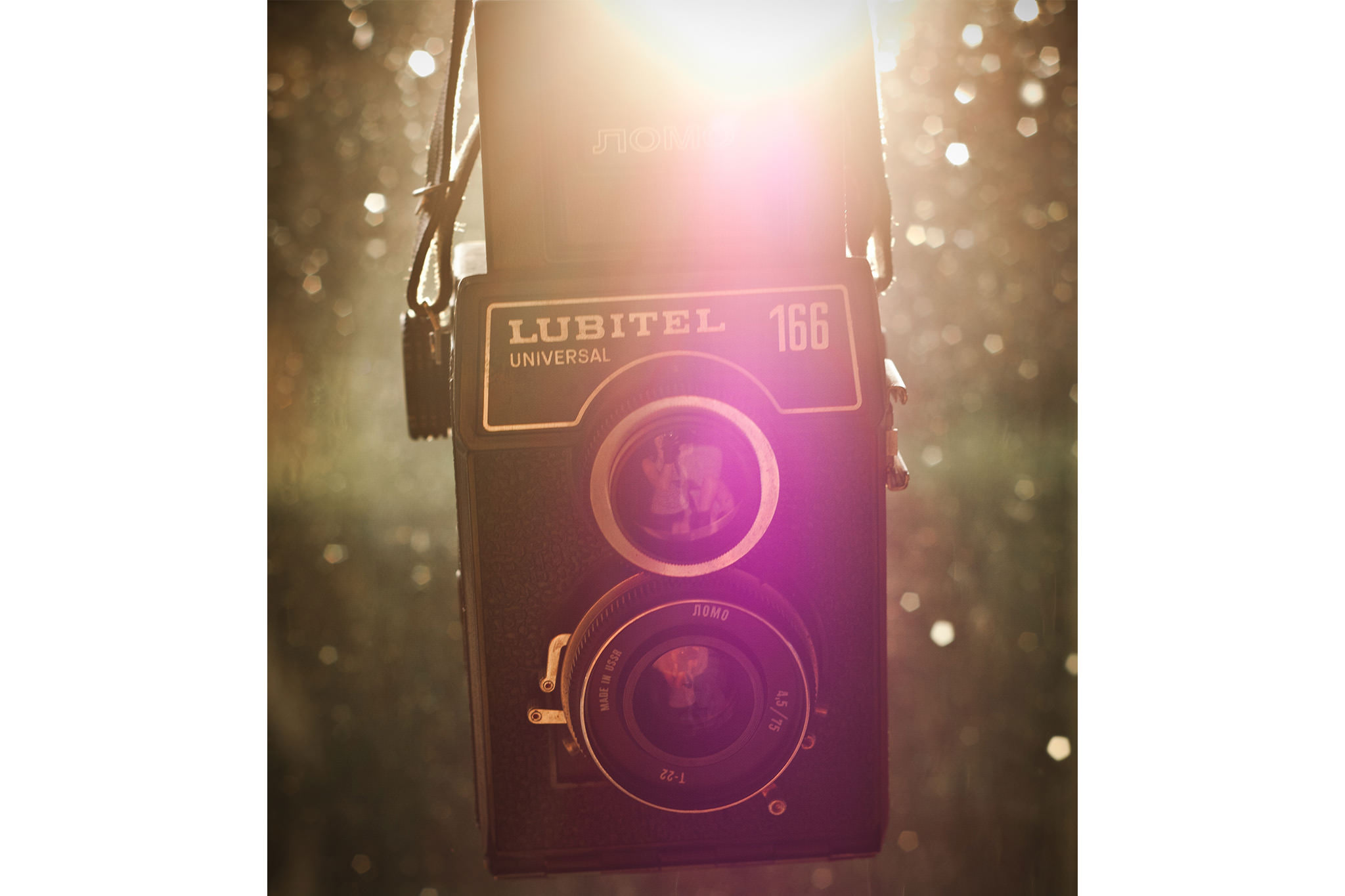Medium format cameras are a type of photographic camera that uses larger negative sizes than the standard 35mm 35mm cameras. Typical formats for medium format films are 6×4.5 cm, 6×6 cm, 6×7 cm, 6×8 cm and 6×9 cm, where the number 6 indicates the film width in centimetres. These larger formats allow for higher image resolution and detail, which makes them particularly popular with professional photographers working in the fields of fashion, portrait and landscape photography.
The history of medium format cameras goes back to the early days of photography. In the 19th century, when photography was still in its infancy, many cameras were large-format devices that produced very large negatives. With the development of roll film technology in the late 19th century by George Eastman, founder of Kodak, cameras gradually became smaller and easier to handle. The medium format camera emerged as a compromise between the high image quality of large format cameras and the handiness of small format cameras.
In the heyday of the medium format in the middle of the 20th century, manufacturers such as Hasselblad, Mamiya, Pentax and Rolleiflex launched iconic models that were highly regarded for their outstanding image quality and reliability. Hasselblad cameras, for example, became famous for their modular design and exceptional image quality and were even part of the equipment used on the Apollo moon missions.
However, the medium format was also used for simple cameras. For example, many Diana clones and Holgas used medium format film. Of course, the image quality does not come close to that of a “professional” camera, but the pictures are all the more charming.
With the advent of digital photography in the late 20th and early 21st century, medium format experienced a renaissance. Digital medium format cameras, manufactured by companies such as Phase One and Hasselblad, now offer sensors that cover even larger image areas than full-frame DSLRs, resulting in unrivalled image quality. However, these cameras are mainly in the professional segment due to their high cost and size.
Today, medium format cameras are valued in both analogue and digital photography for their unparalleled image quality and detail. They are a favourite tool for high-end portrait, fashion, advertising and landscape photography, where the finest details and highest image quality are required. Despite the dominance of digital technology, medium format remains a fascinating and valued medium for photographers who appreciate the unique aesthetics and handcrafted aspects of photography.
